Chiang Mai has long been known as one of the world’s great digital nomad hubs, and when you spend time here, it’s not hard to see why. The city has all the essentials—reliable wifi, countless cafés, and a thriving coworking scene—but what keeps people here isn’t just convenience. It’s the balance: the way food is abundant, nature is close, the community is strong, and the rhythms of daily life feel easy in a way that allows both deep work and deeper living.
Nature escapes
What makes Chiang Mai special is how quickly you can trade urban life for green hills. To the west, Doi Suthep rises above the city, its temple complex watching over the valley. The Monk’s Trail winds up the mountain, a shaded hike where saffron-robed monks still walk today, leading to Wat Pha Lat, a forest temple that feels both ancient and alive. A bit further and you’re at Wat Phra That Doi Suthep, where the gold stupa gleams in the mountain light.
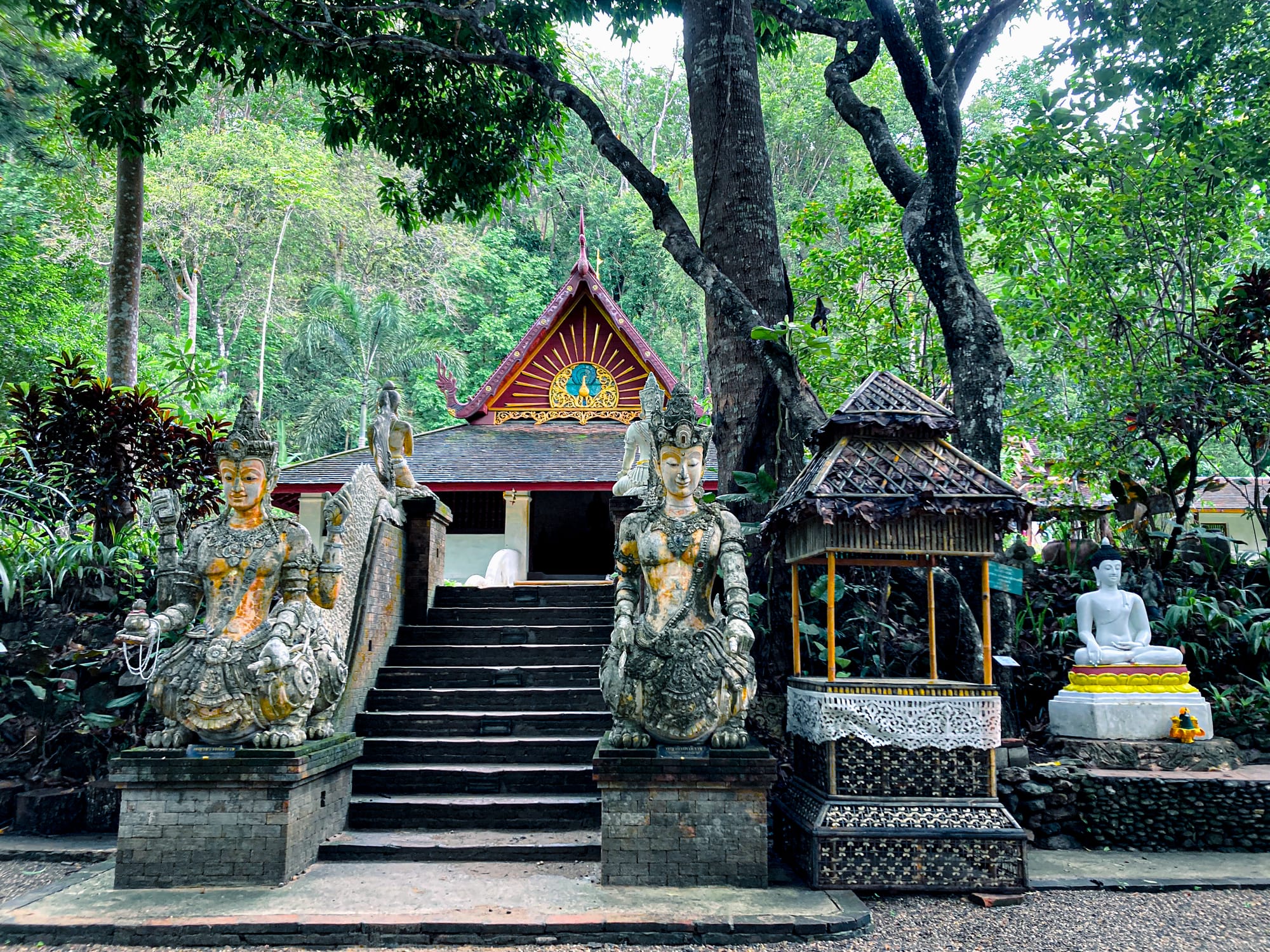
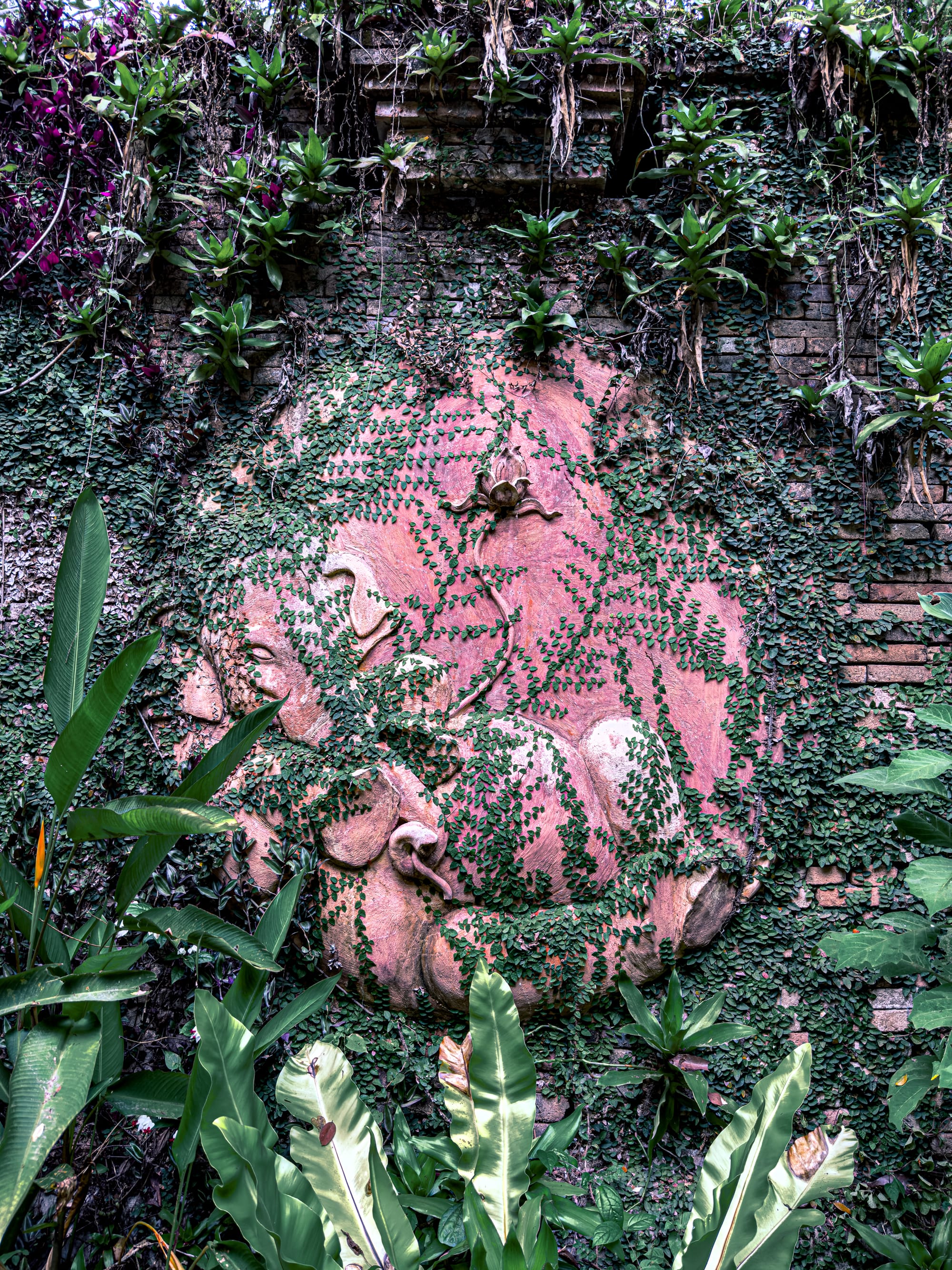
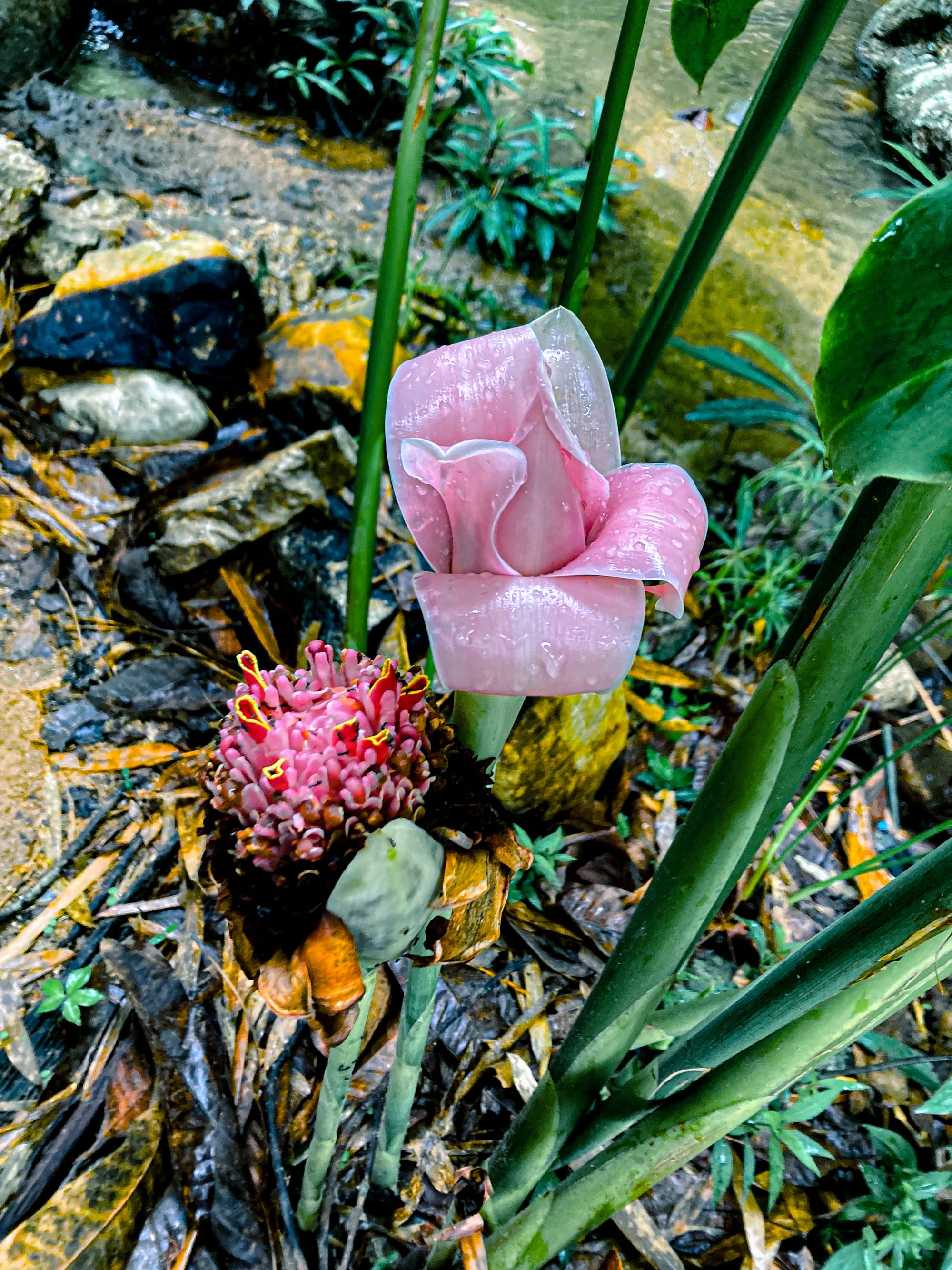
Vines climbing over a reclining Buddha carving and tropical pink flowers blooming in Chiang Mai’s lush greenery
Beyond Doi Suthep, Mae Rim is a stunning escape. Just 45 minutes from the city, you’re suddenly among rolling hills and cool mountain air. Here you’ll find the Queen Sirikit Botanic Garden, with its glasshouses and lotus room, an escape into curated beauty. Mon Jam’s mountaintop flower farms stretch across the ridges, their blossoms framing panoramic views of the valley. And if you want a touch of luxury, Onsen at Moncham offers private Japanese-style baths, citrus-scented steam, and the kind of stillness you carry back into your workweek.
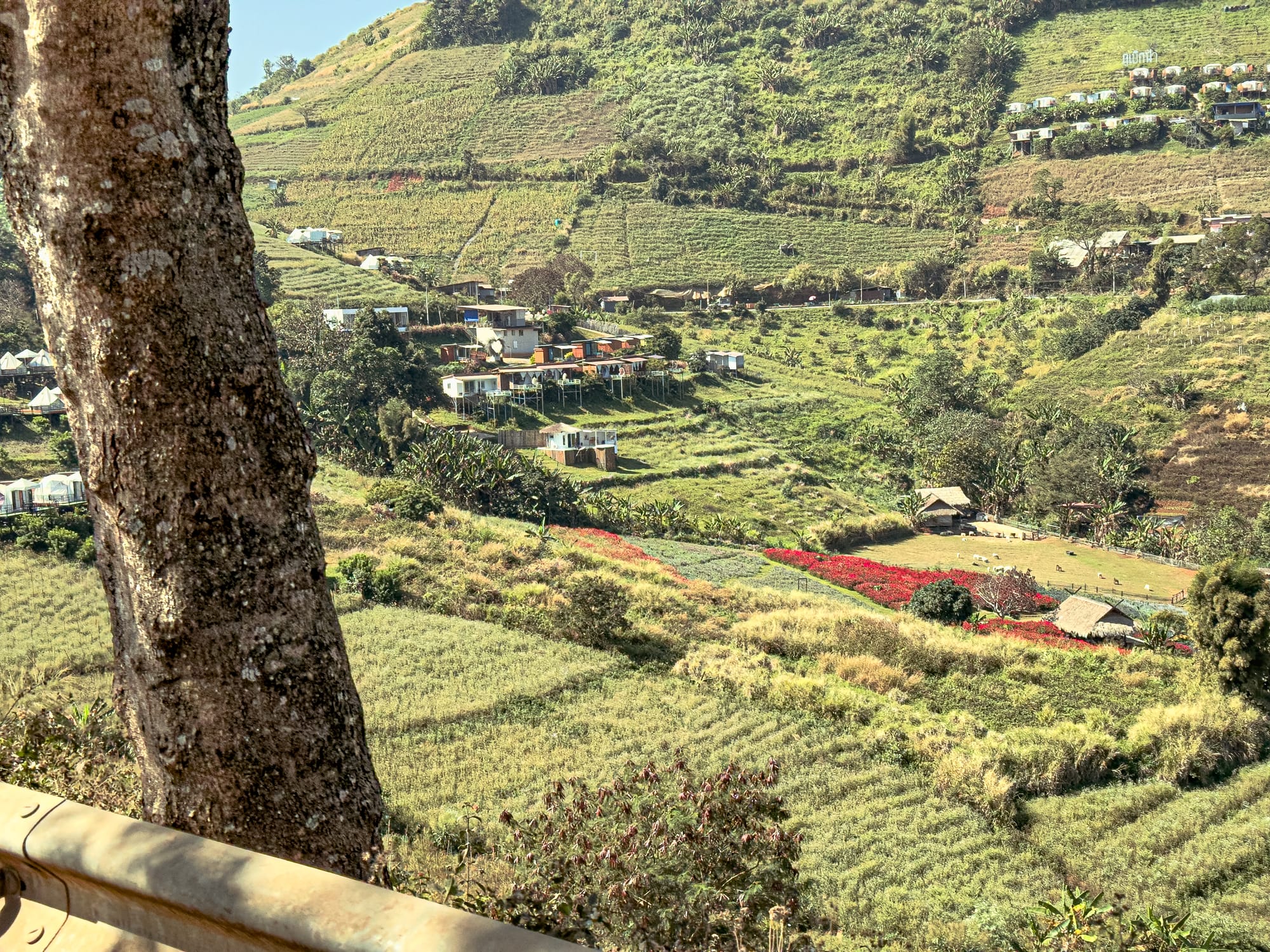
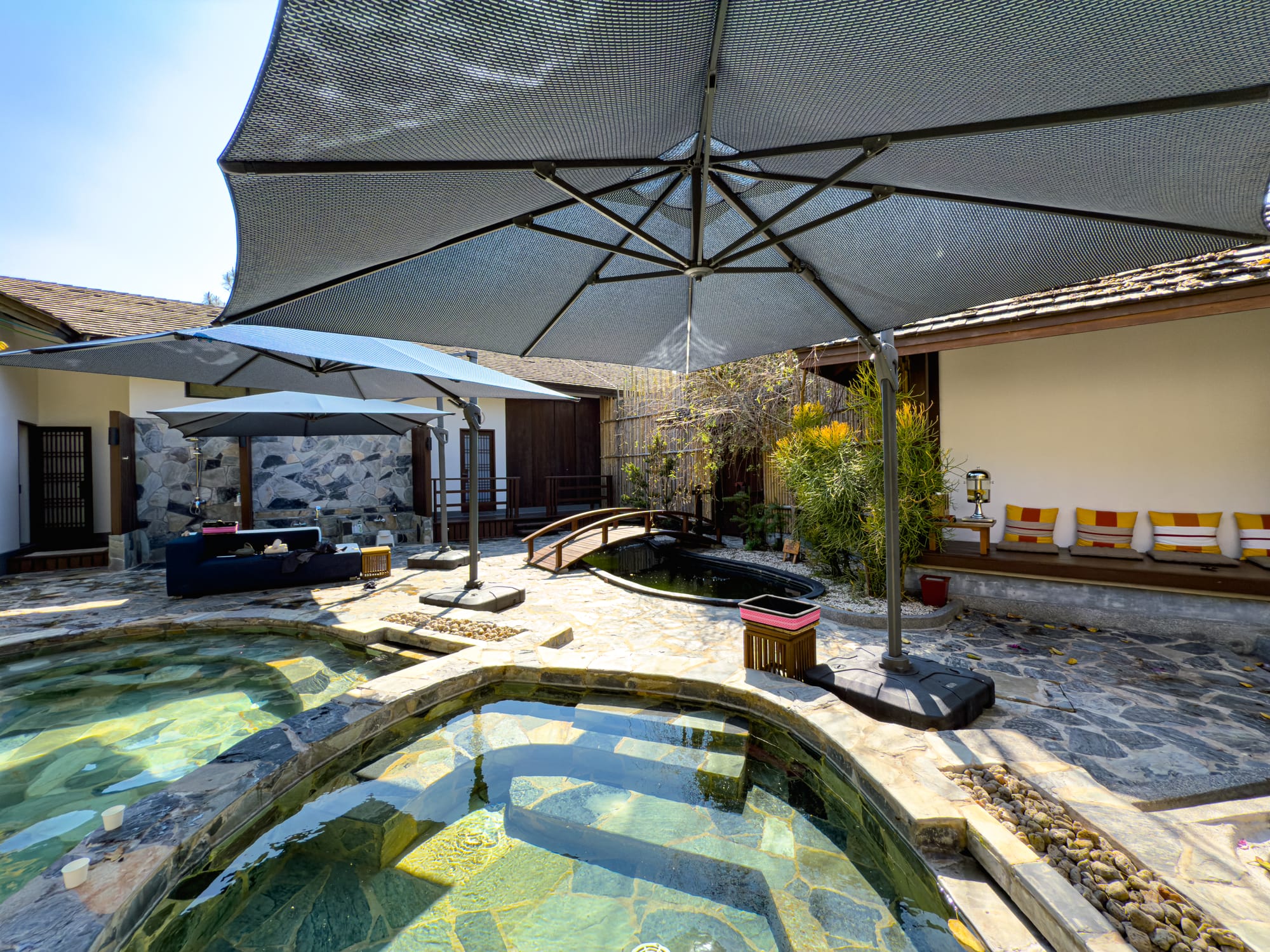
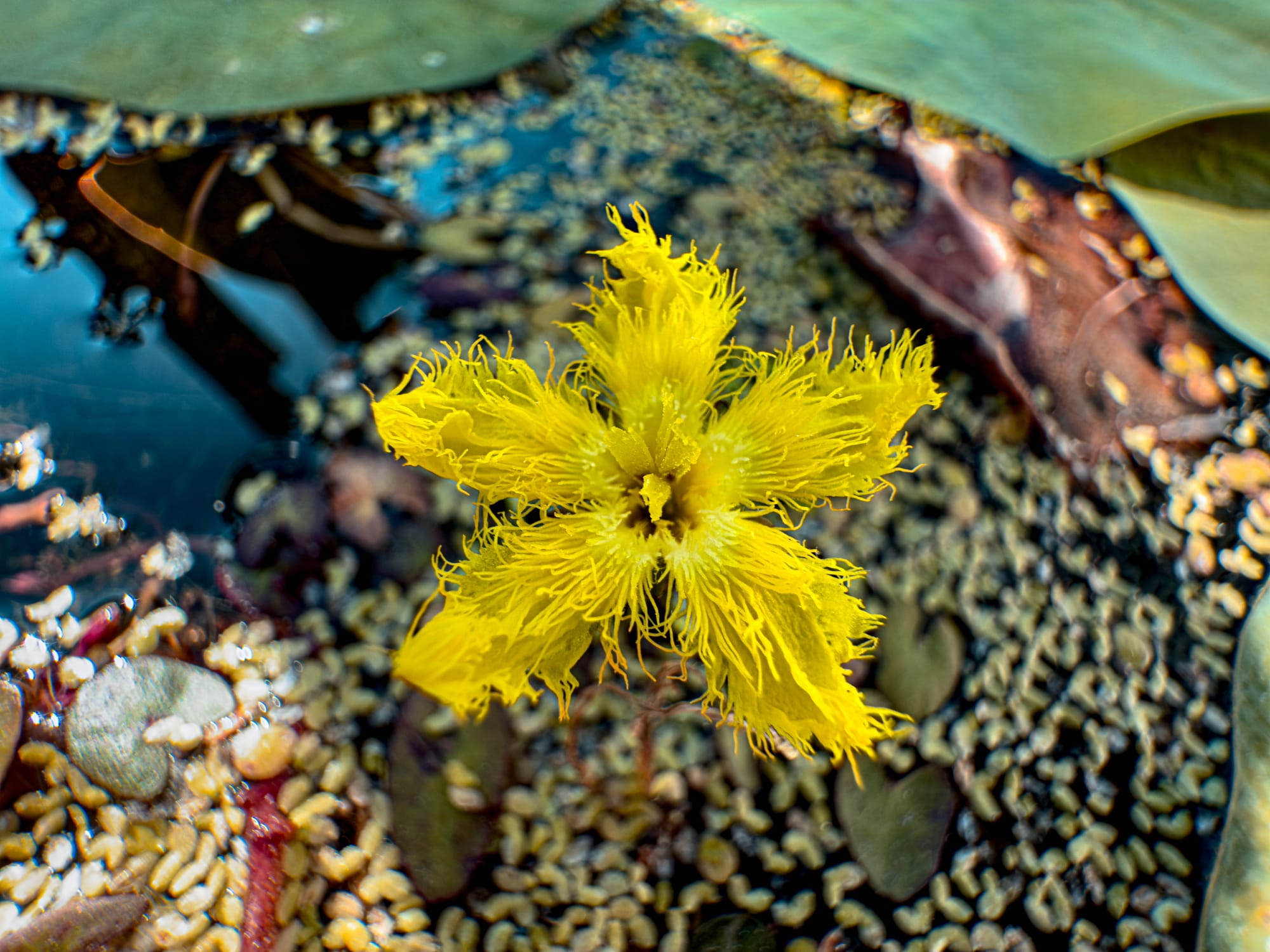
Scenes from a weekend getaway to Mae Rim
For those who want to stretch further, national parks like Doi Inthanon or sticky waterfalls offer day trips into landscapes that feel far removed from city life. What matters is how accessible it all is.
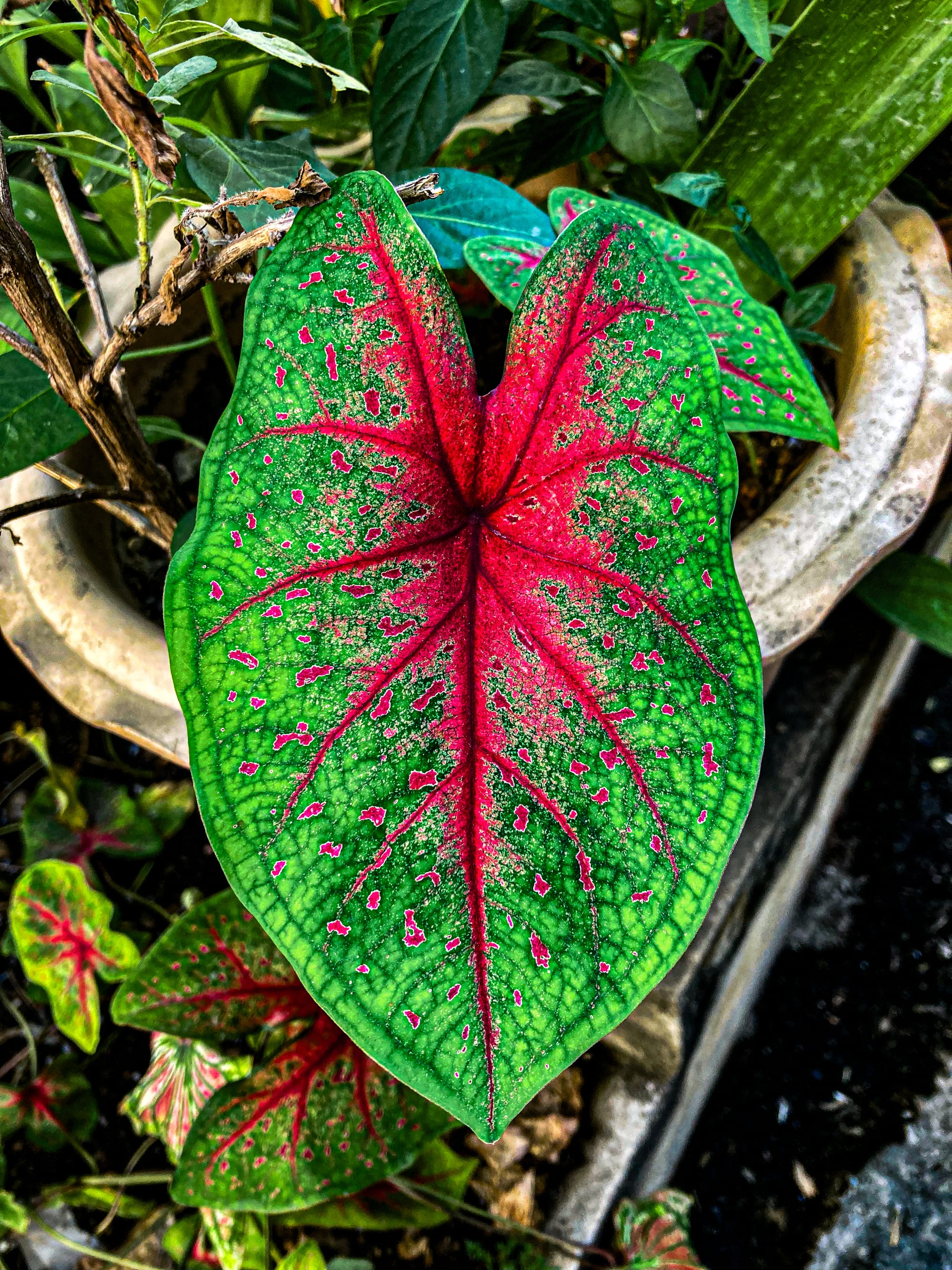
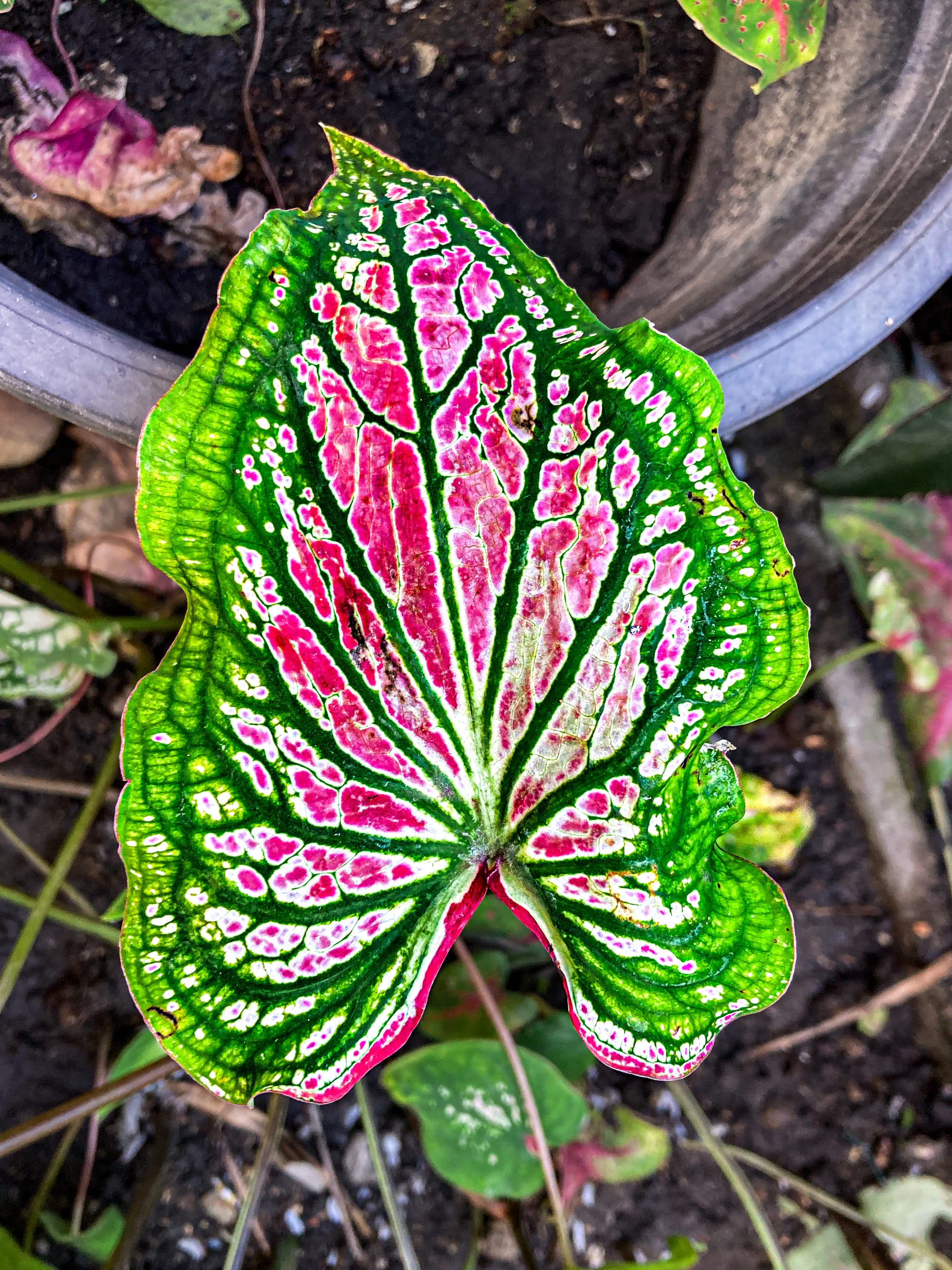
Brightly patterned caladium leaves in Chiang Mai, blending vivid reds, greens, and pinks
You can take a morning call, rent a scooter, and by afternoon be sitting among orchids or looking down over terraced hills. That permeability between city and nature is one of Chiang Mai’s defining qualities.
A plant-based paradise
For vegans, Chiang Mai is paradise. Dozens of fully vegan restaurants dot the Old City and Nimmanhaemin, each with their own personality. You might start your morning with a black sesame smoothie at Bird’s Nest, grab a pumpkin hummus plate at May Kaidee, or sit down for a Western-style vegan pizza at Goodsouls Kitchen.
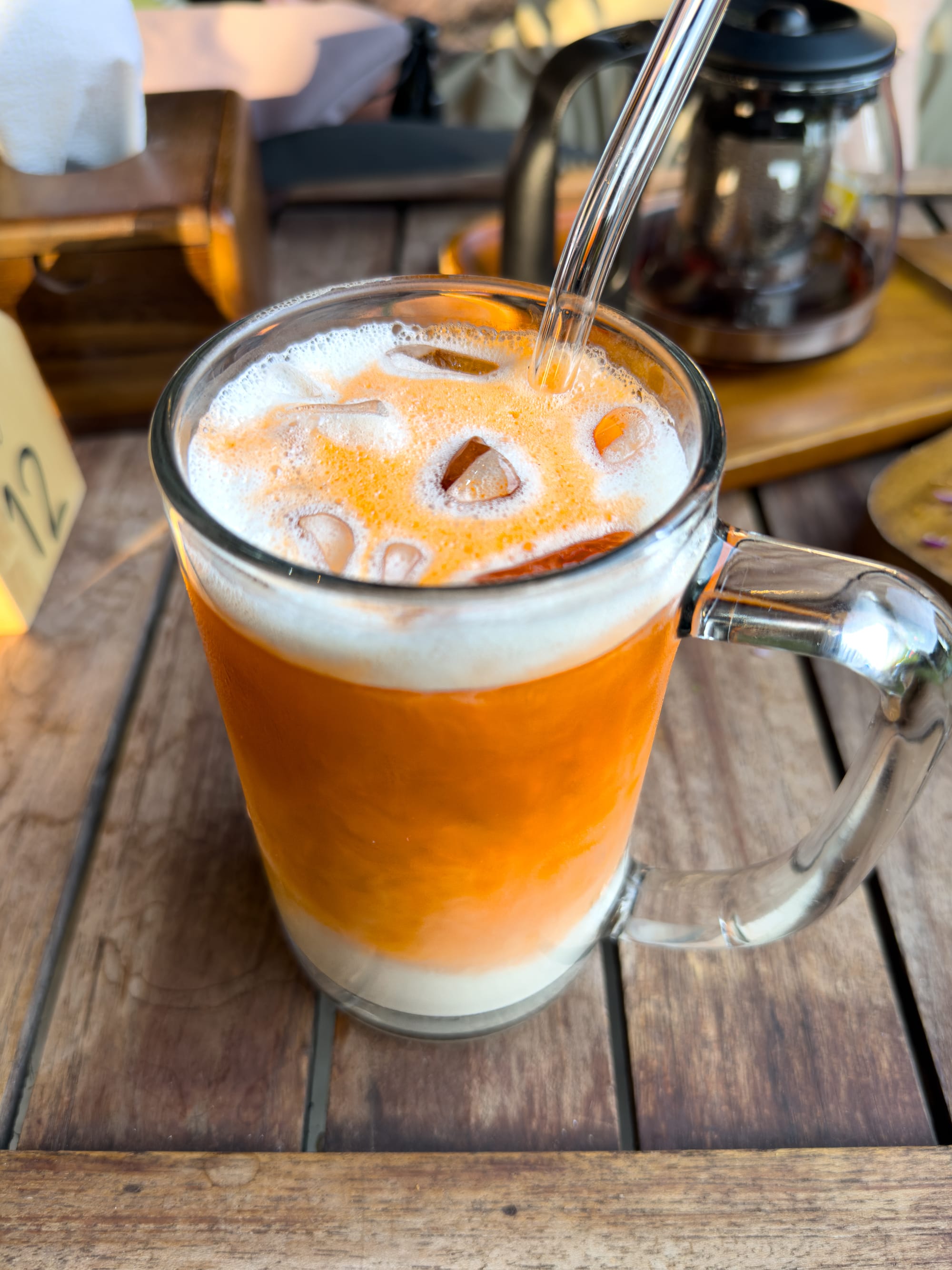
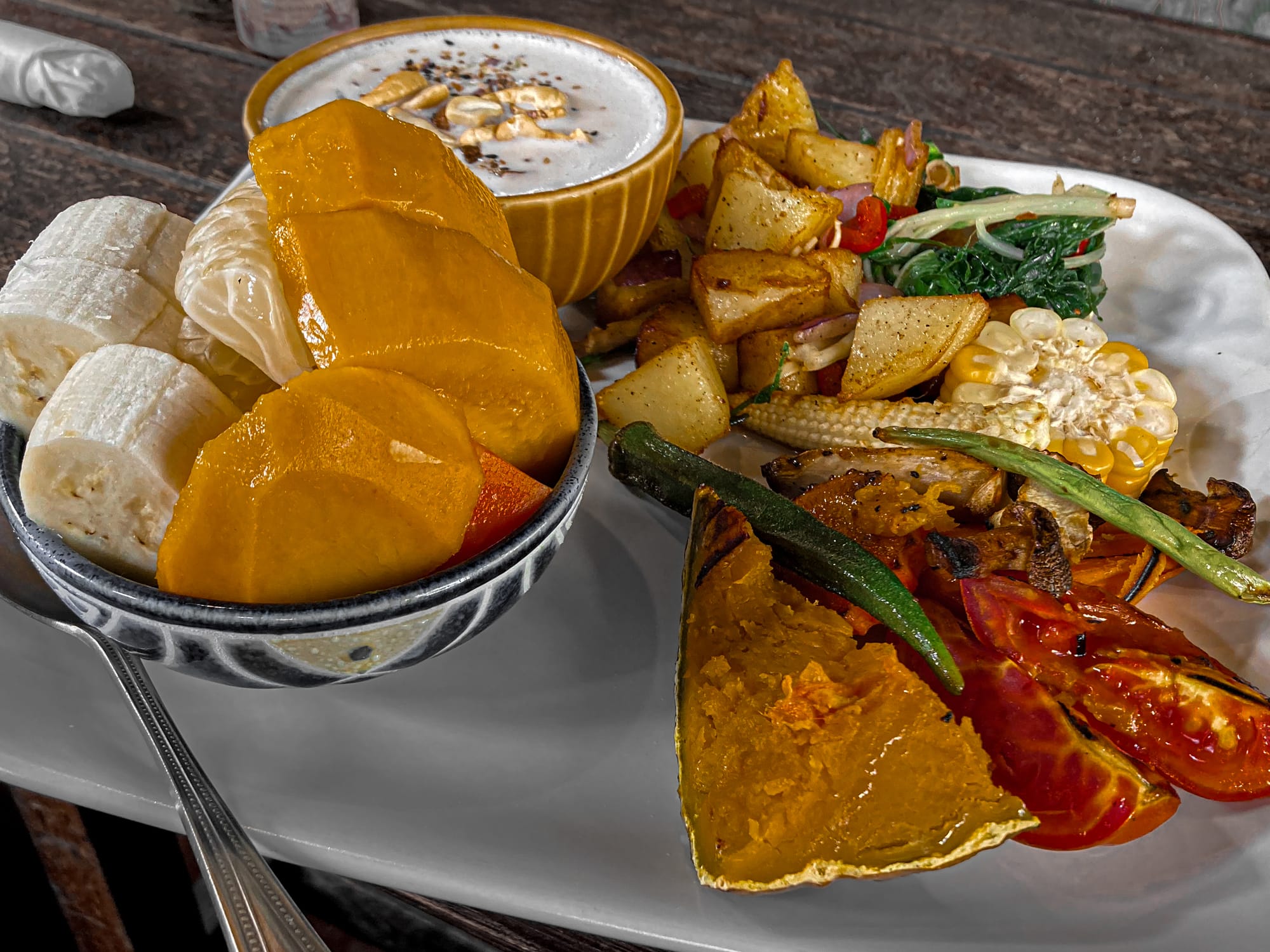
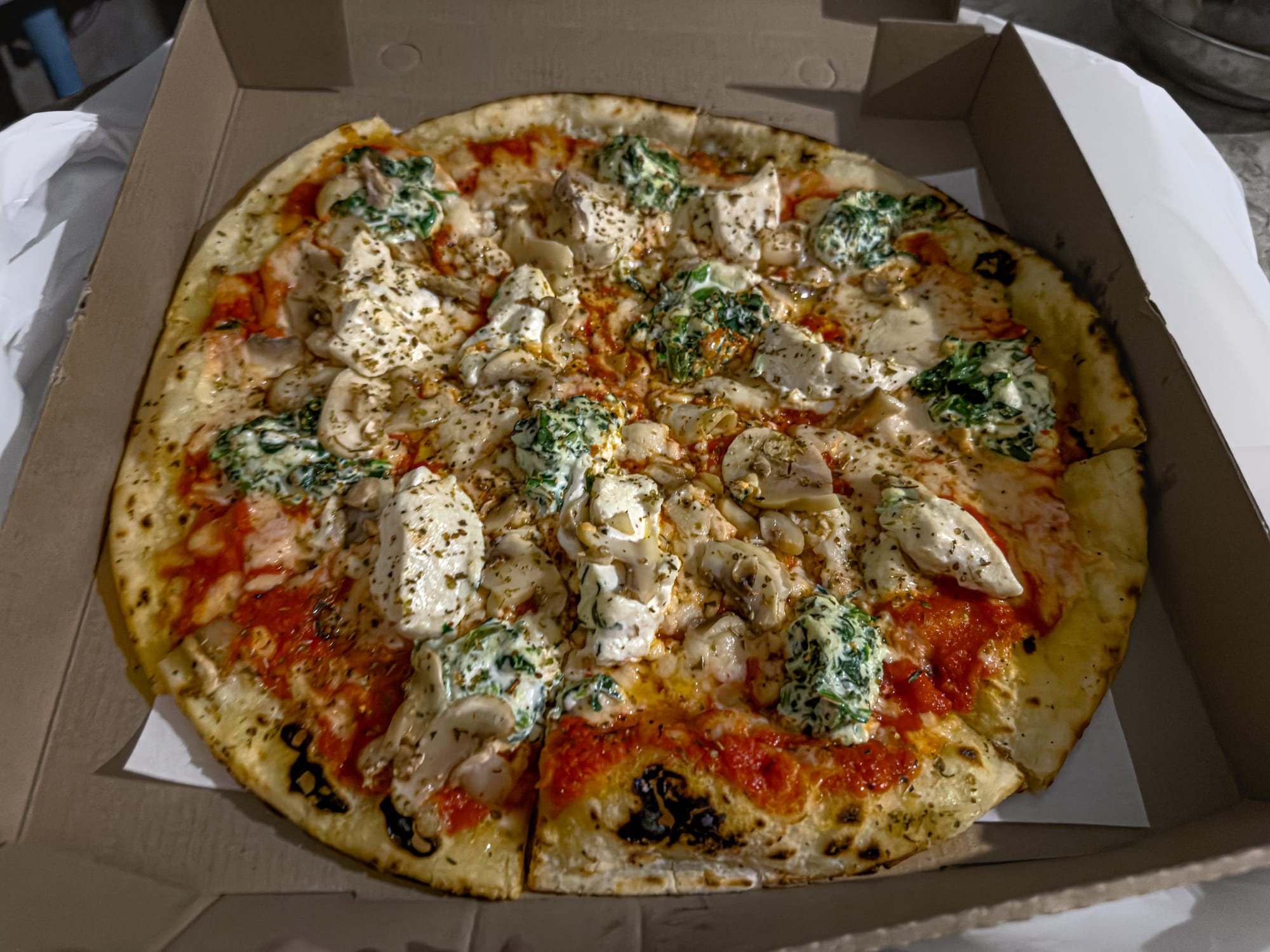
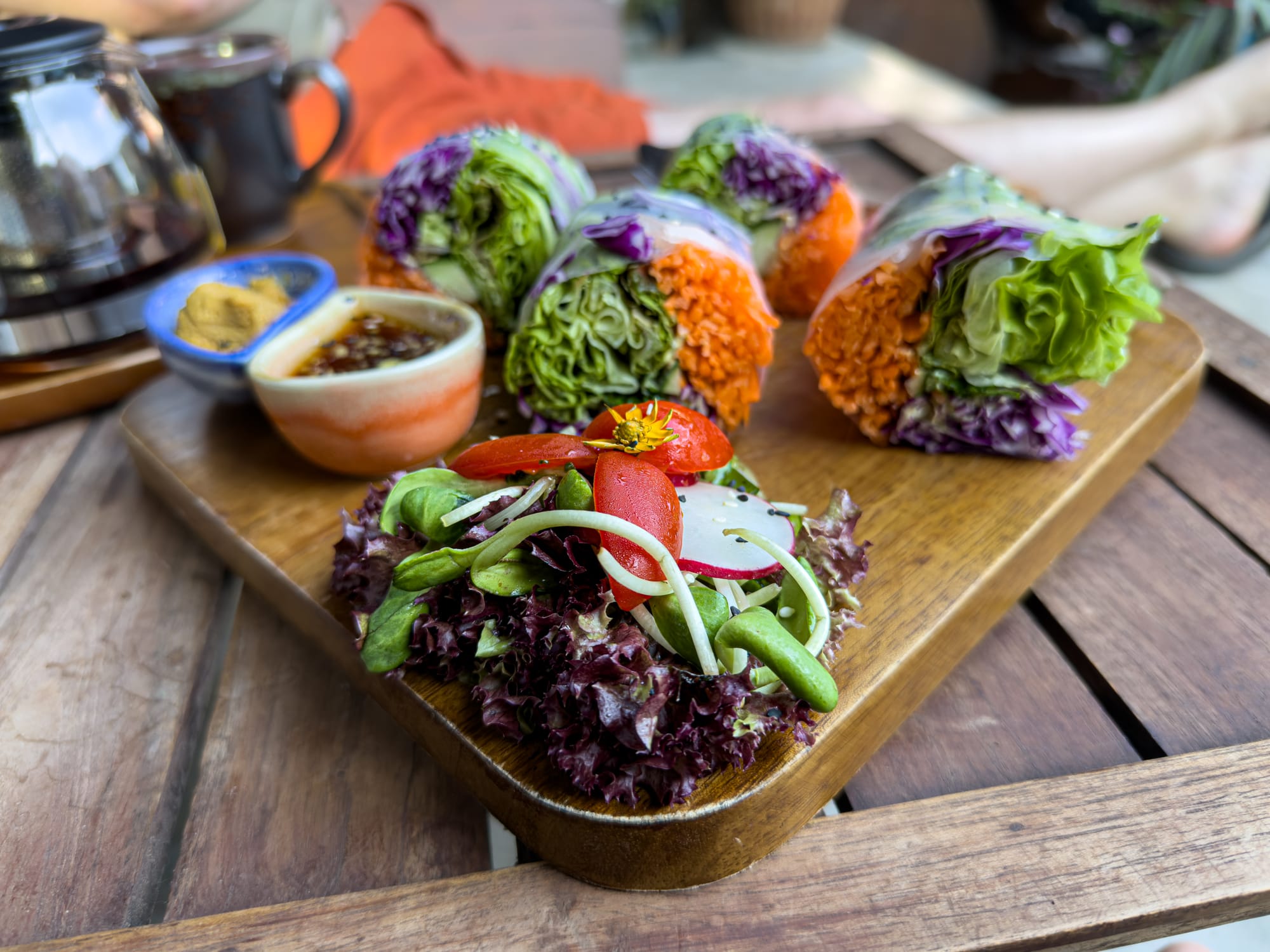
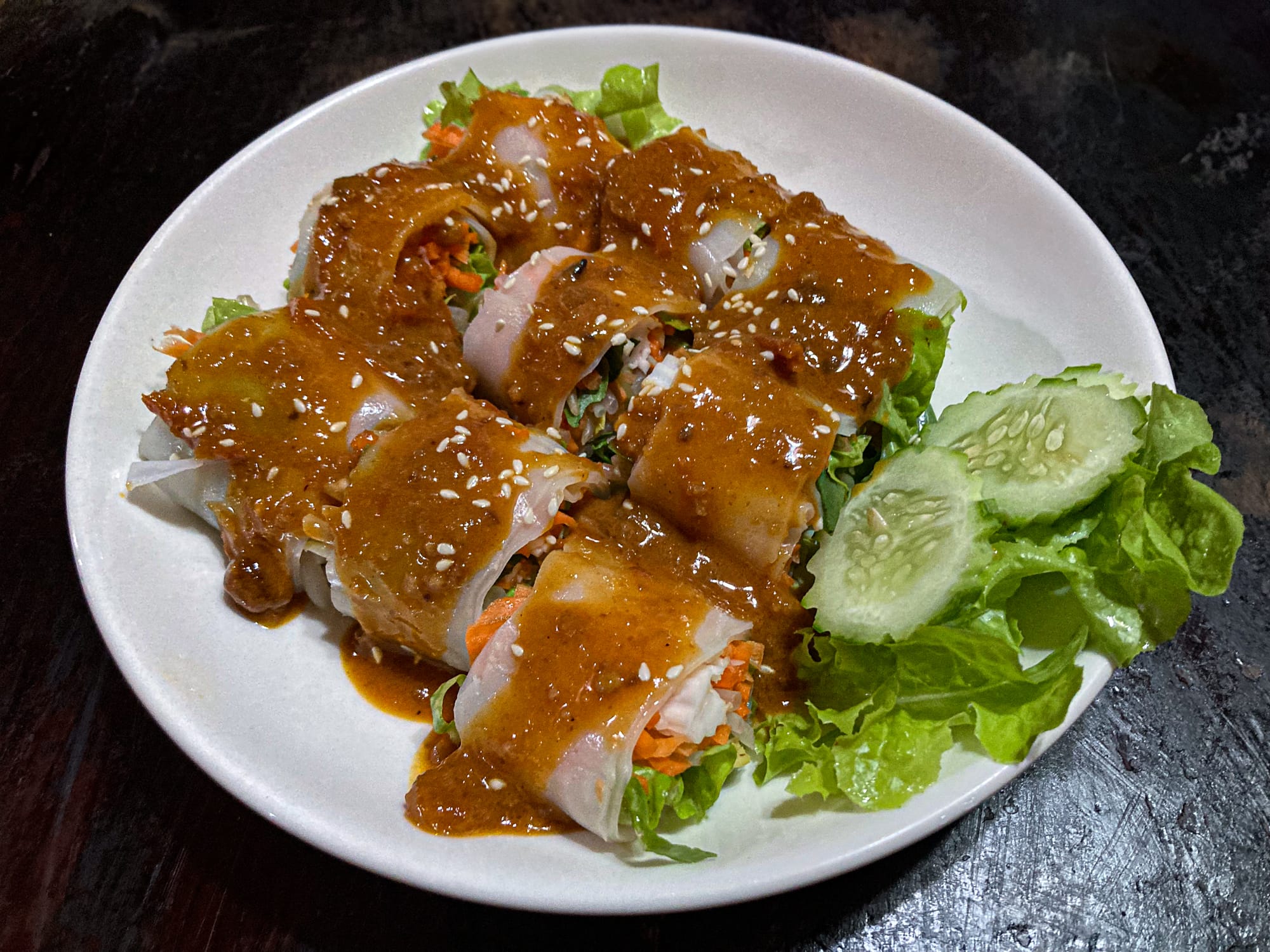
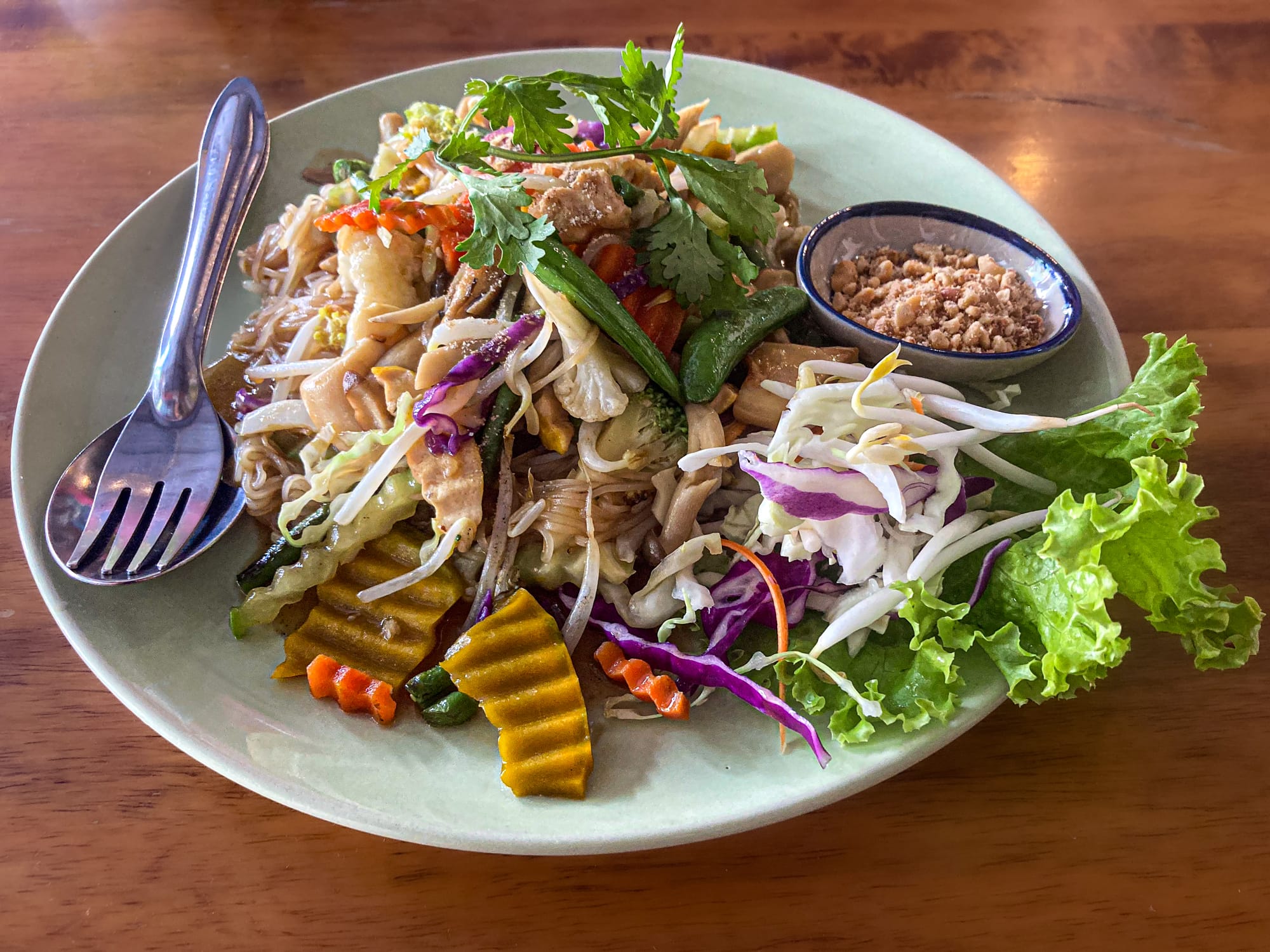
Vegan food in Chiang Mai
Markets extend the abundance. Jing Jai Market is a weekend institution, with organic produce stalls, homemade kombucha, and crafts spilling out from shaded walkways.
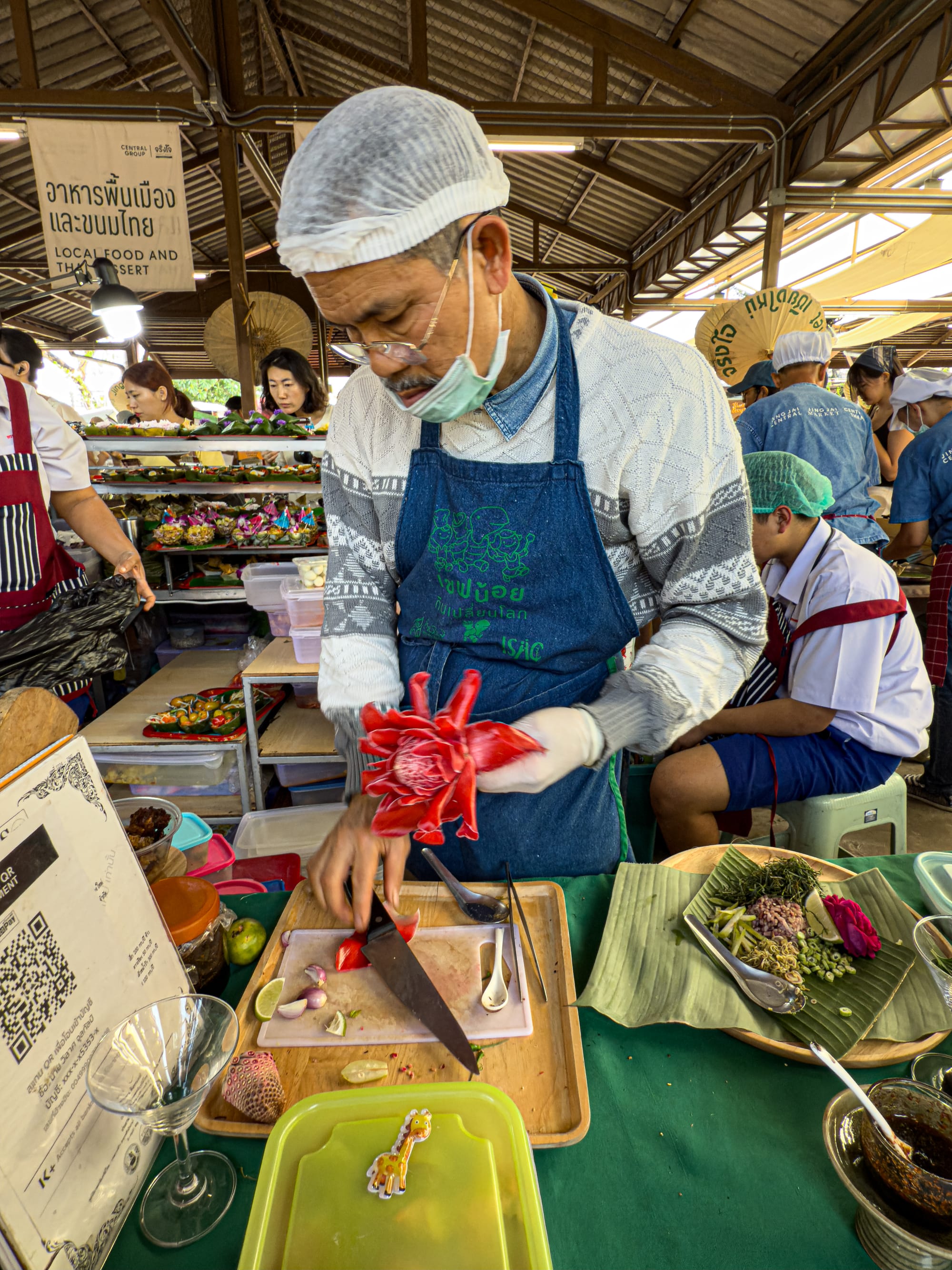
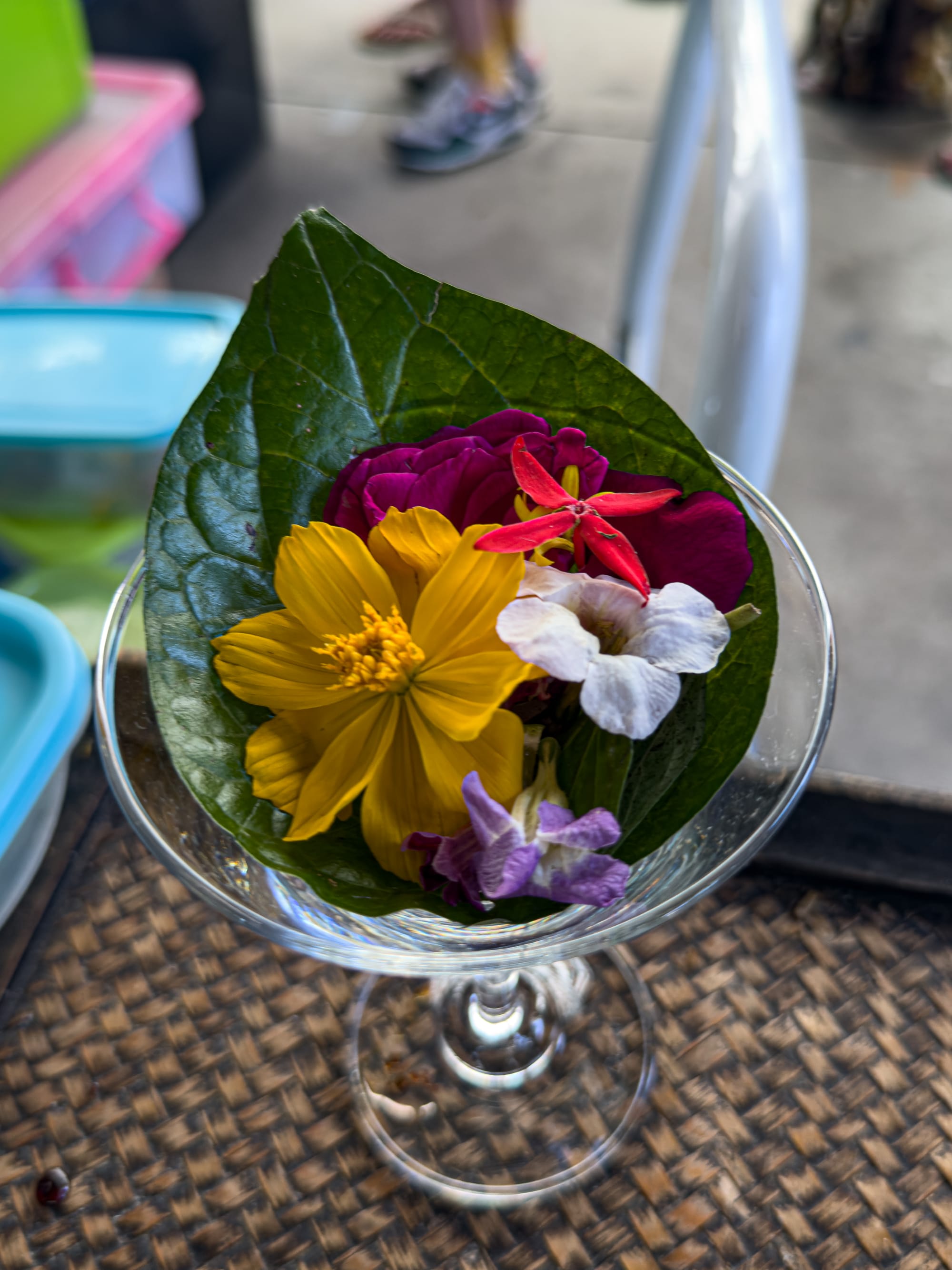
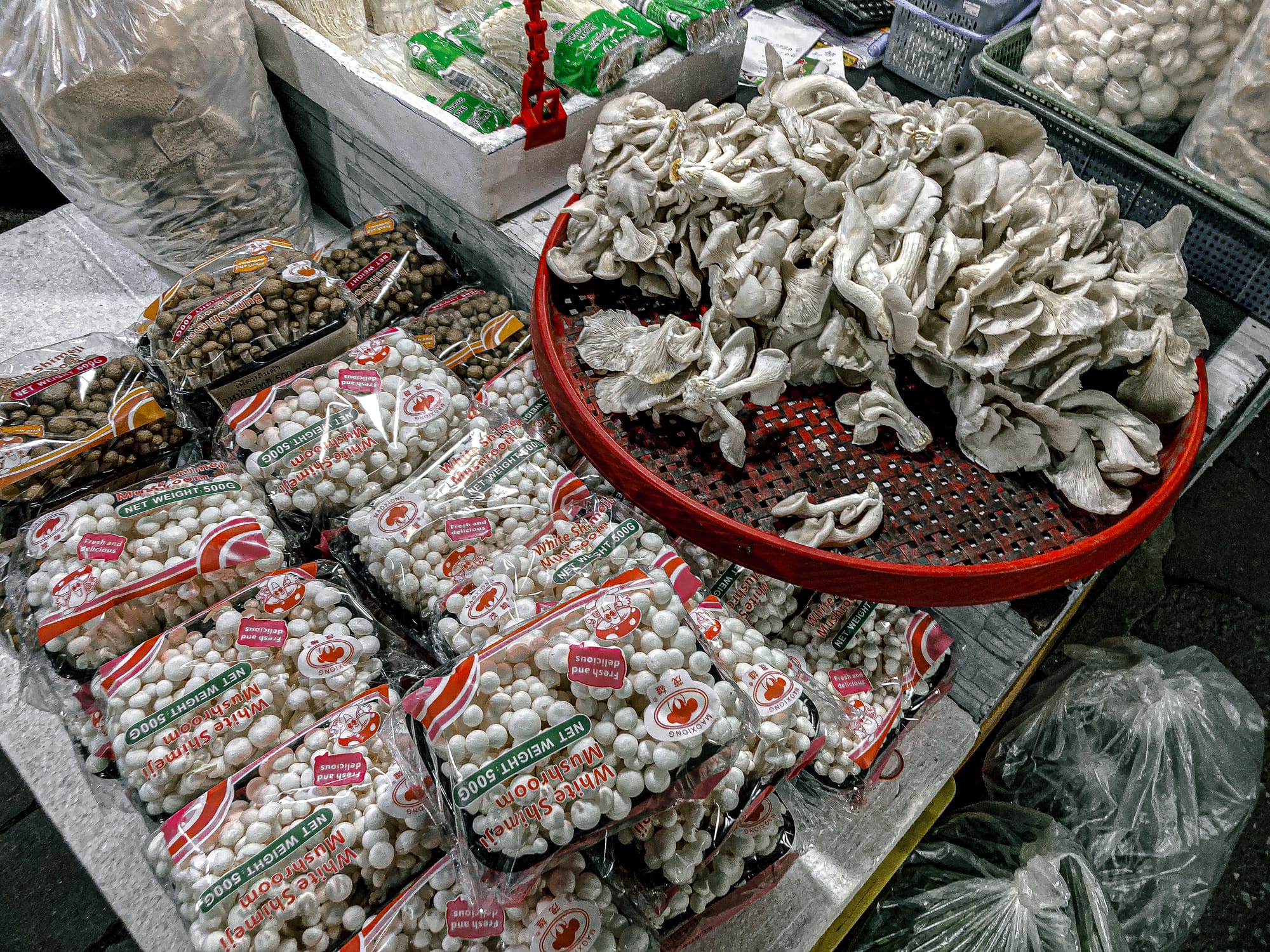
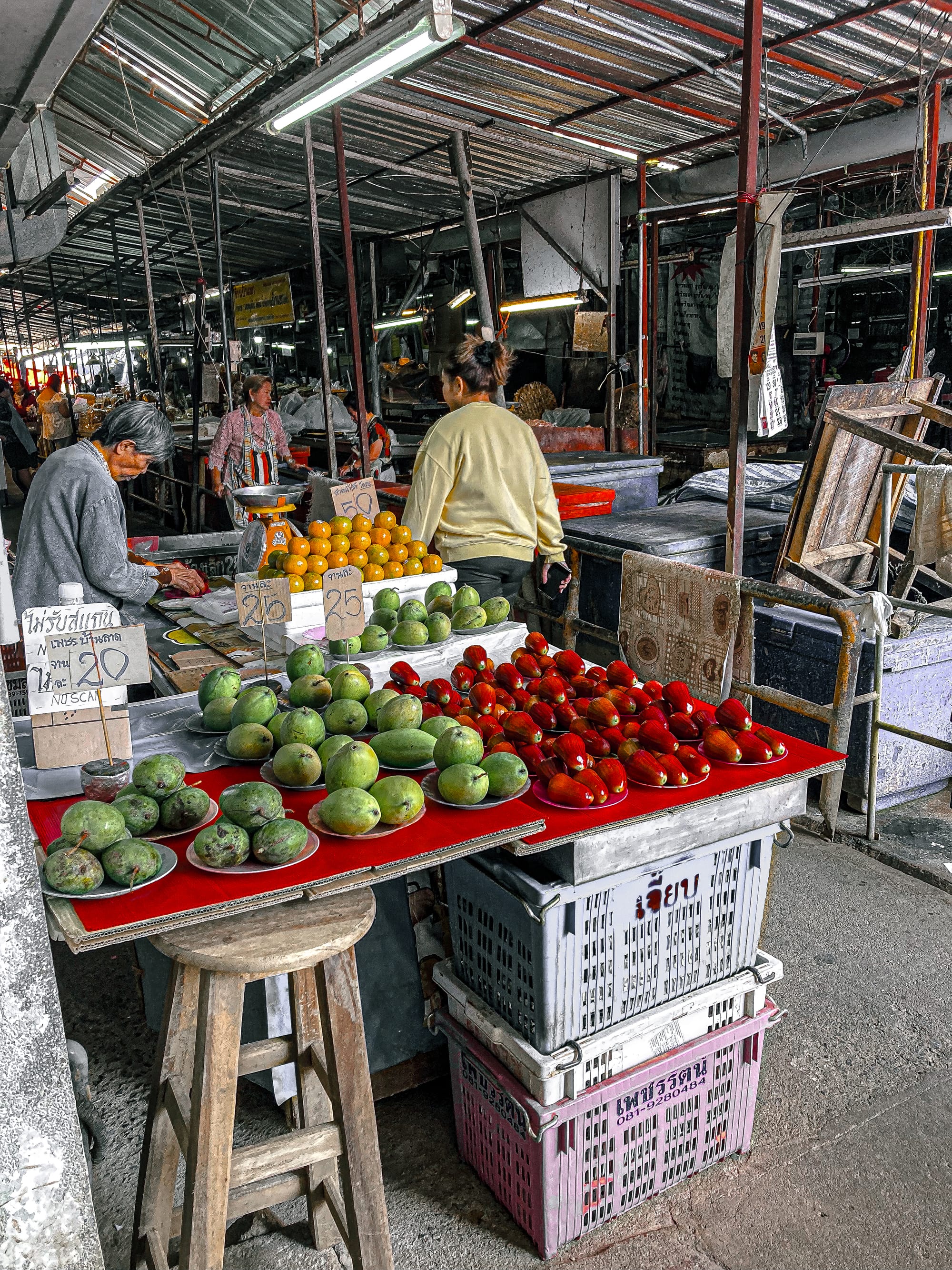
Chiang Mai market scenes
Mueang Mai Market is where locals go, and where nomads wander for fruit baskets that cost less than a coffee back home. Here, fresh mangoes, rambutans, and bananas become part of daily life. It’s not just about eating cheaply—it’s about eating vibrantly, with flavors that make each day feel rooted in place.
Coworking and coliving
Community is where Chiang Mai shines brightest. This is a city where, within days of arriving, you’ll meet other nomads—at coworking spaces, in cafés, or just by chance. The Social Club Coliving and Alt_ChiangMai are two of the most popular bases, with strong wifi, private rooms, and built-in communities that host regular events. Hub53 offers another reliable option, especially in Nimman. The point is not scarcity but abundance: wherever you land, you’ll find people working on startups, freelancing, or simply figuring out the next chapter of their lives.
Cafés double as offices. It’s not unusual to see laptops glowing late into the afternoon beside empty cappuccino cups. Unlike in other cities where café culture is more social than functional, here it’s understood that a good table, strong wifi, and a plug socket can be as important as the beans themselves.
What stands out is the density of nomads. You don’t have to look hard to find others living the same rhythm. In Chiang Mai, the coworking and coliving scene doesn’t feel like a niche—it feels like part of the city’s ecosystem.
Living rhythms
Chiang Mai makes daily life simple. Scooters take you anywhere in minutes, Grab works seamlessly, and laundry services return clothes folded and fragrant the next day. Markets overflow with fresh fruit and vegetables, while cafés offer oat milk lattes and smoothie bowls without effort. Night markets—Saturday, Sunday, or the daily Warorot—become dinner tables where you wander between curries, noodle soups, and fresh fruit juices.
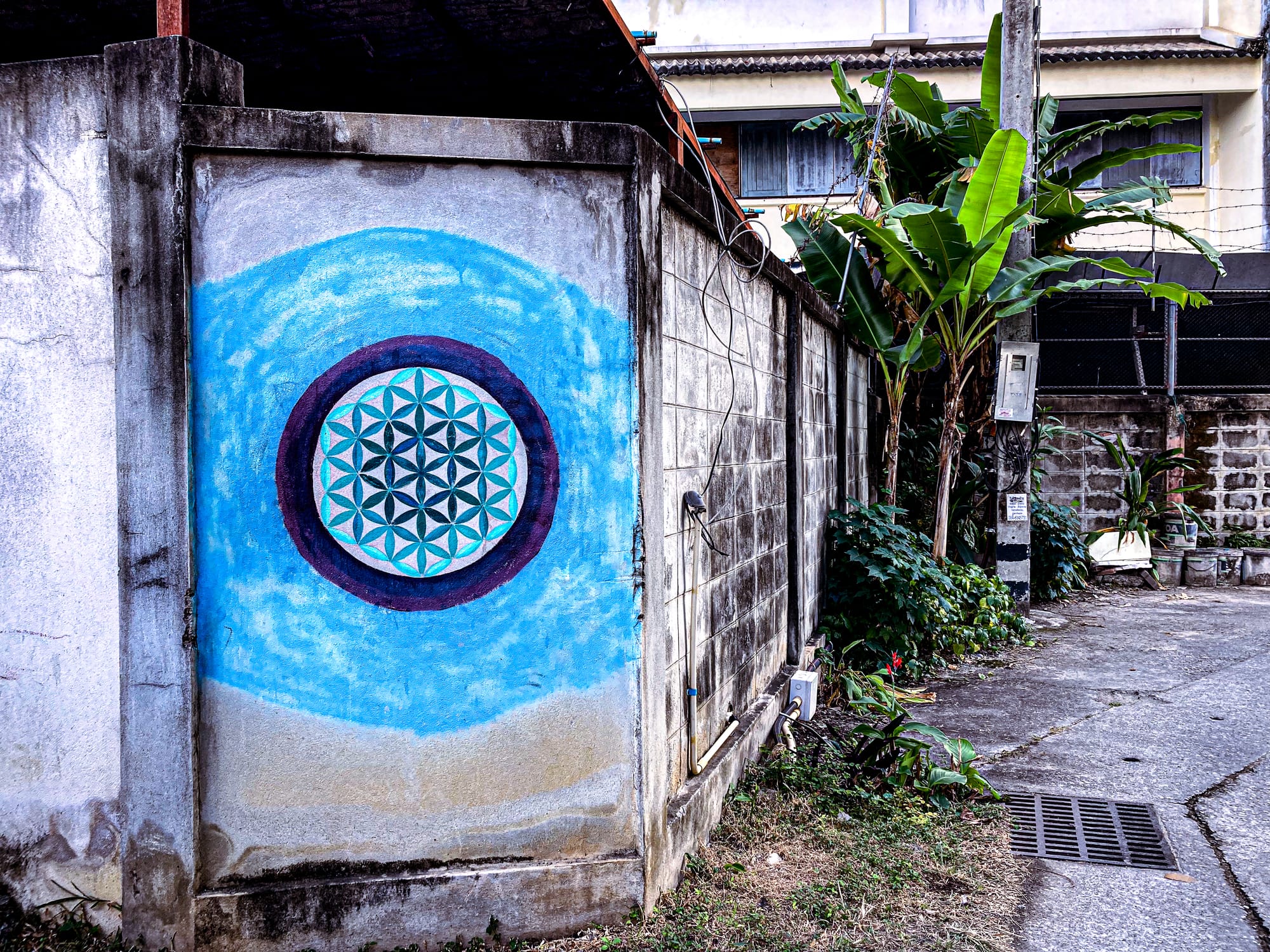
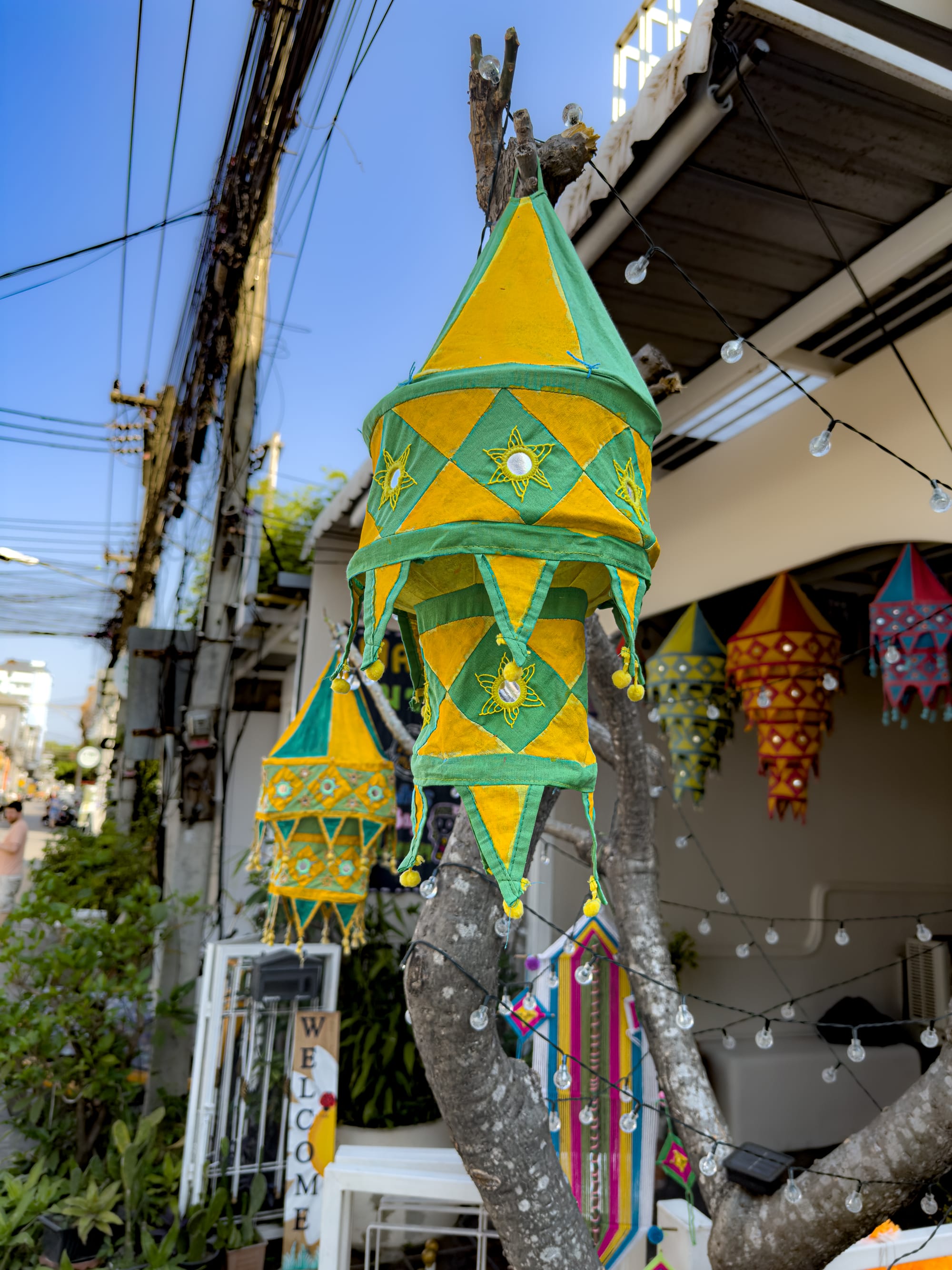
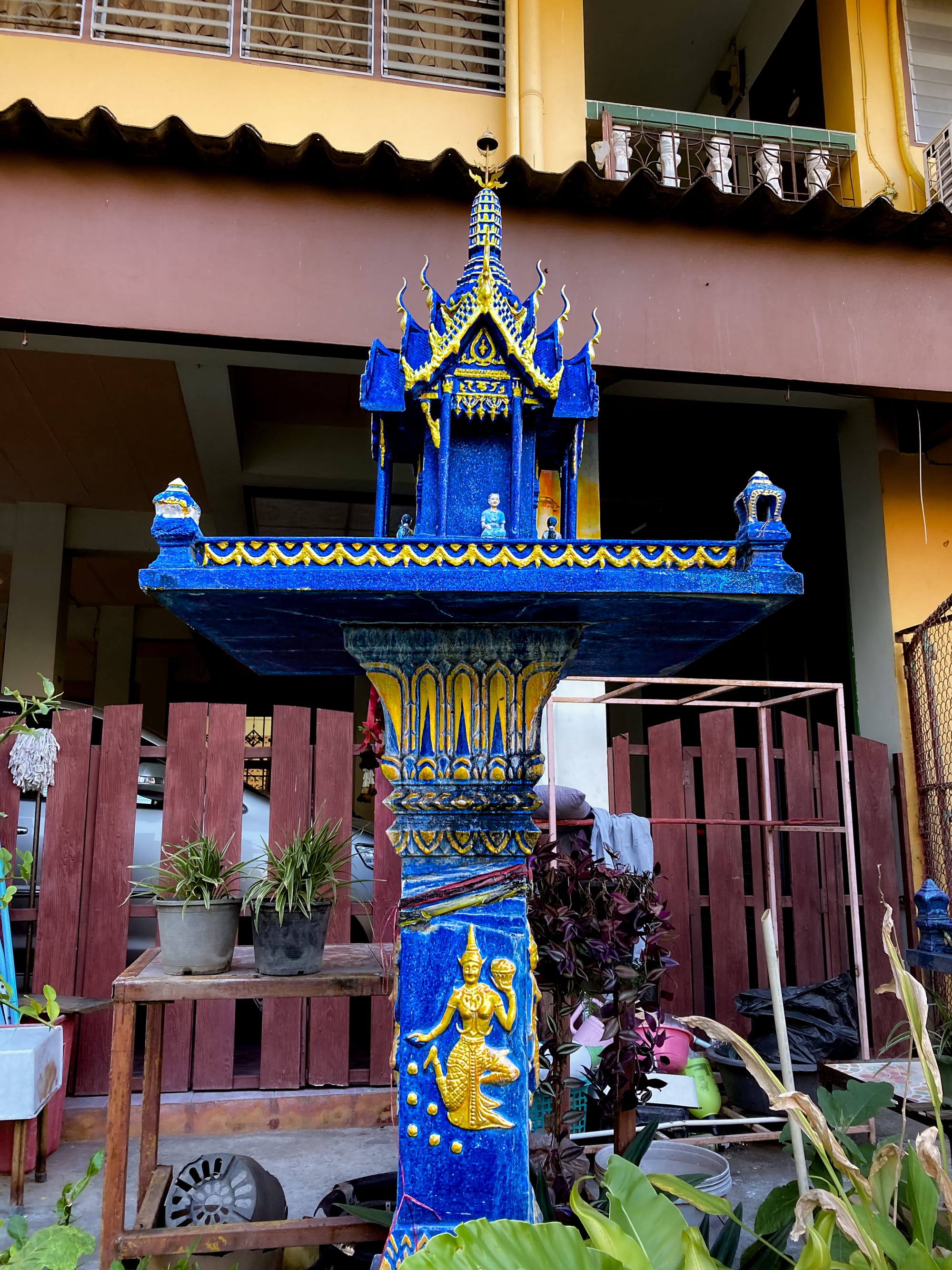
Everyday scenes from the streets of Chiang Mai
Affordability is part of the charm, but it’s not the whole story. What makes life here easy is the absence of friction. Things work. Prices make sense. Daily errands don’t drain you. And that leaves space—space to focus, to create, to connect. Even the climate, while hot, is softened by cool season stretches that bring blue skies and mountain air.
Cultural texture
Temples are everywhere, their gilded roofs rising above street corners, their courtyards filled with incense smoke and the sound of chanting. These aren’t just tourist sites—they’re part of everyday life, woven into the city’s rhythm.
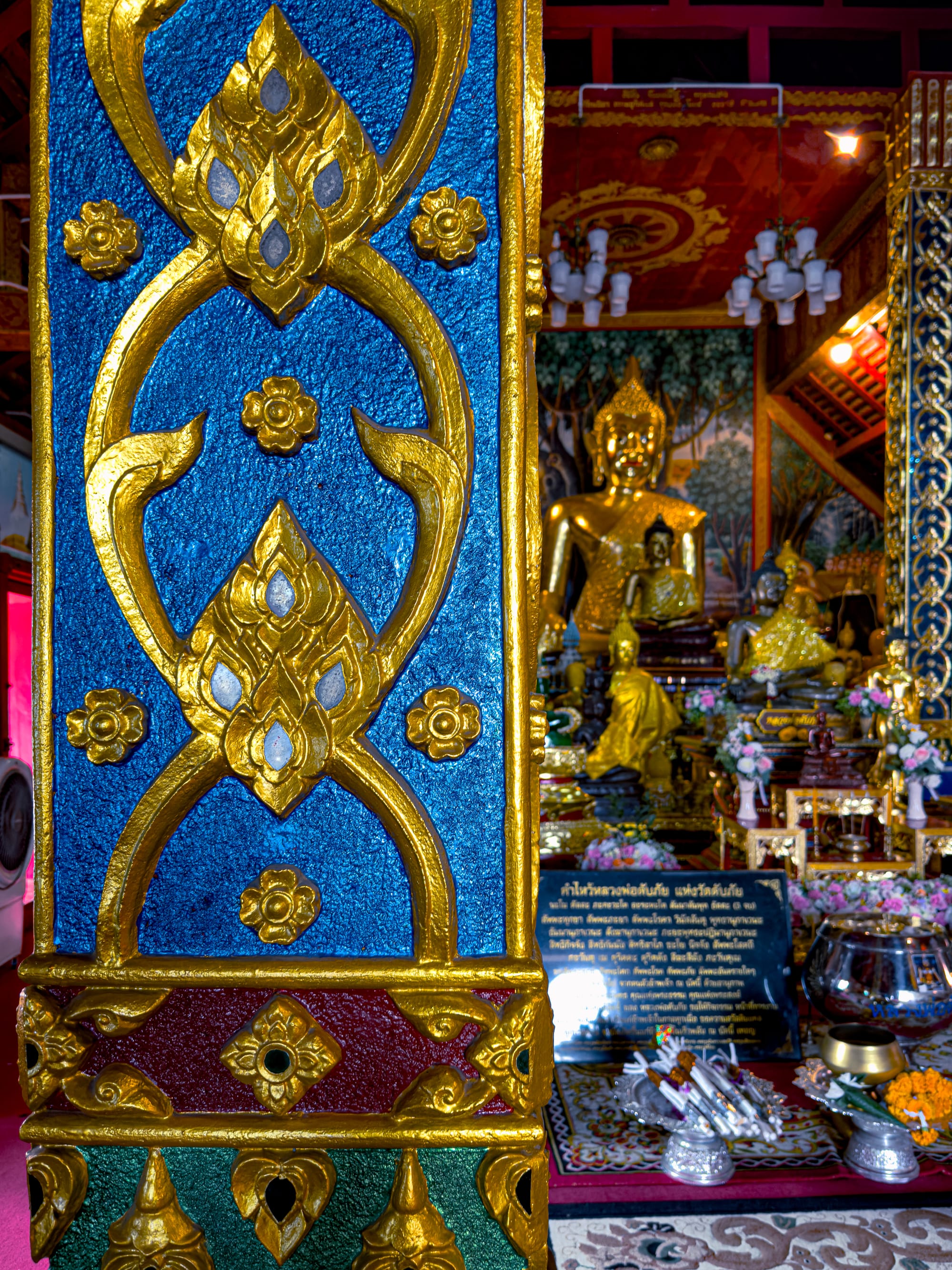
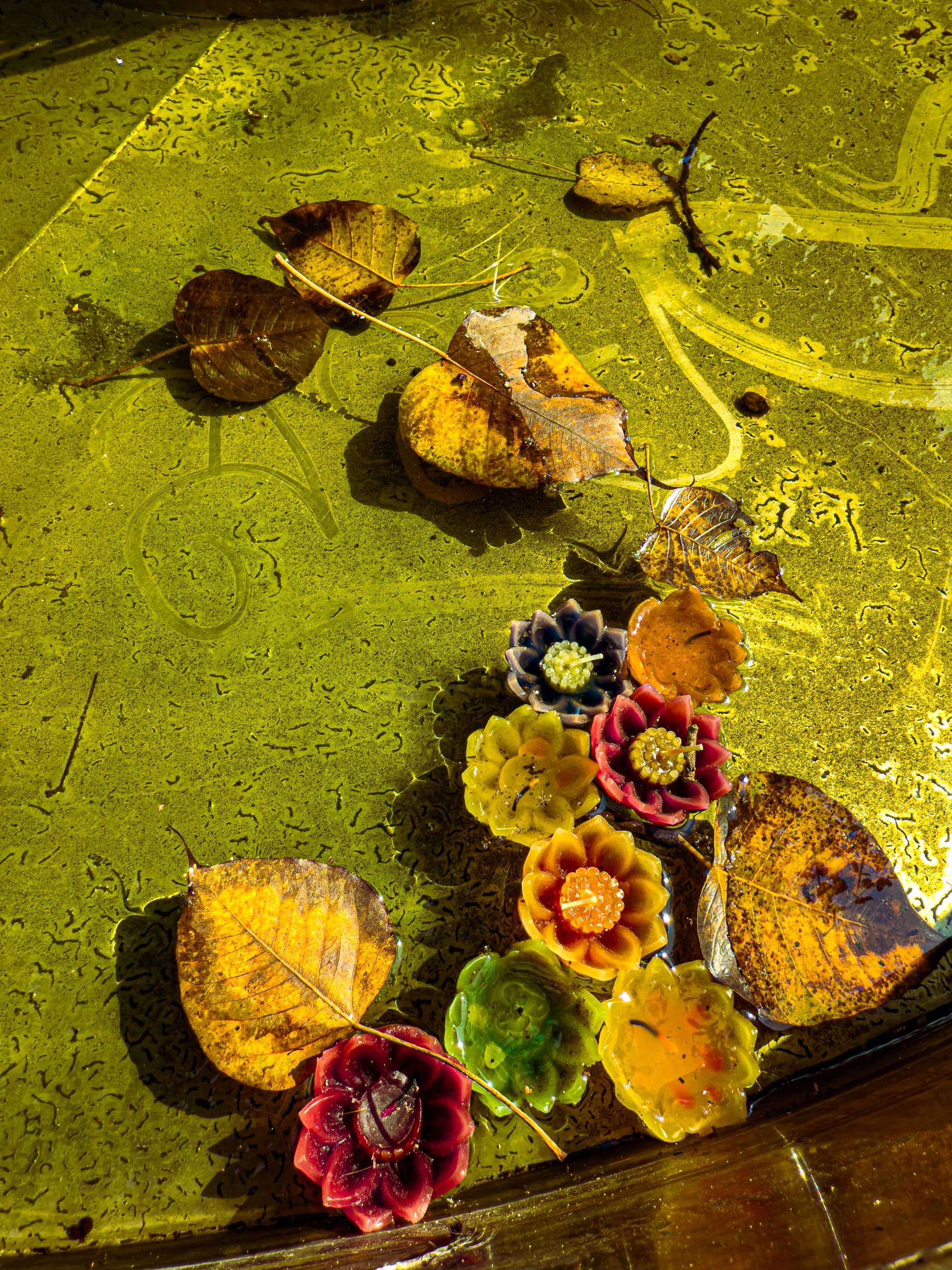
Golden Buddha statues and intricate temple details, alongside floating lotus candles in Chiang Mai
Crafts are equally present, from Baan Kang Wat’s creative village of studios and cafés to handmade journals and textiles sold in weekend markets. Art isn’t hidden in galleries; it spills into daily life.
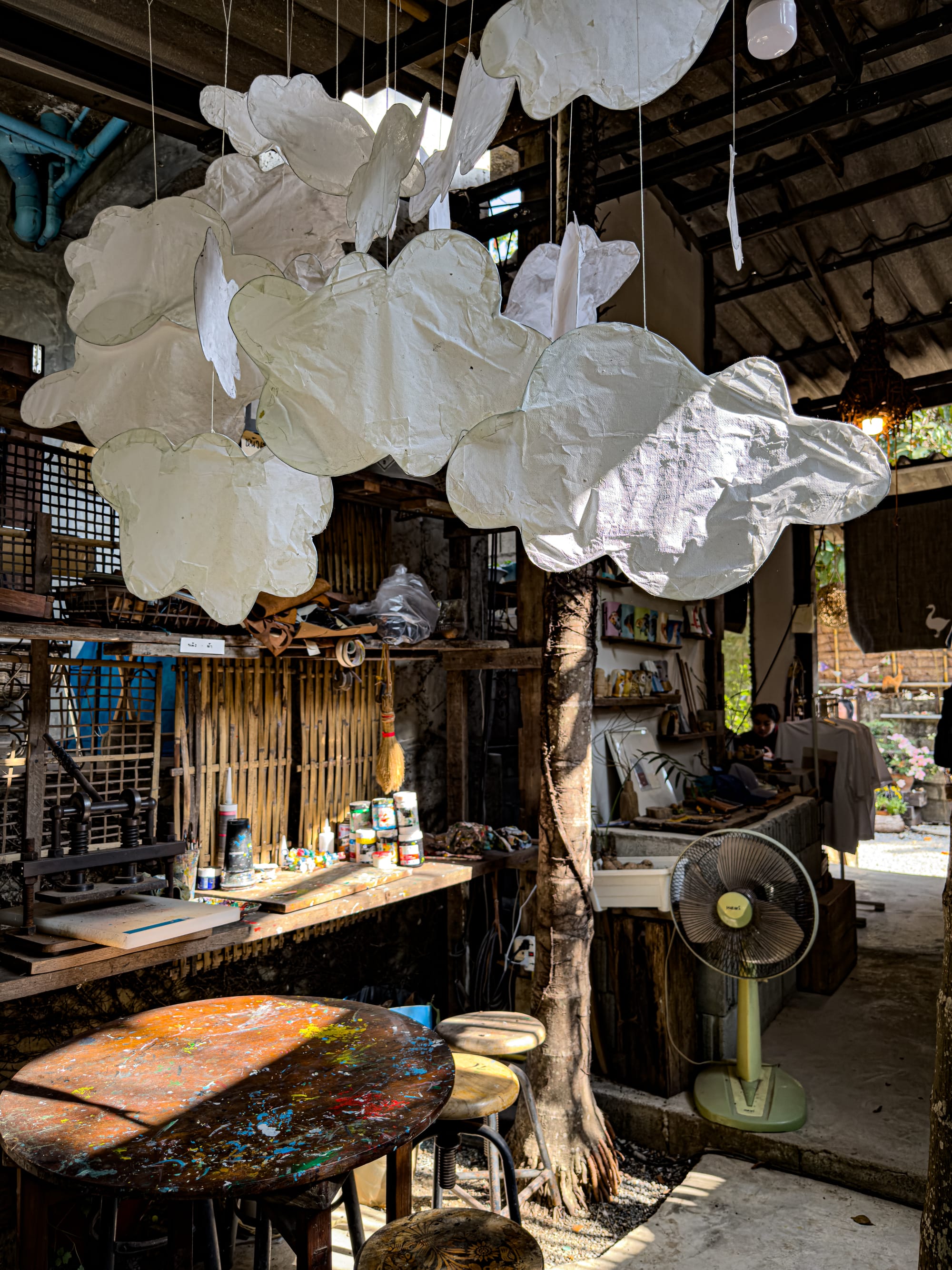
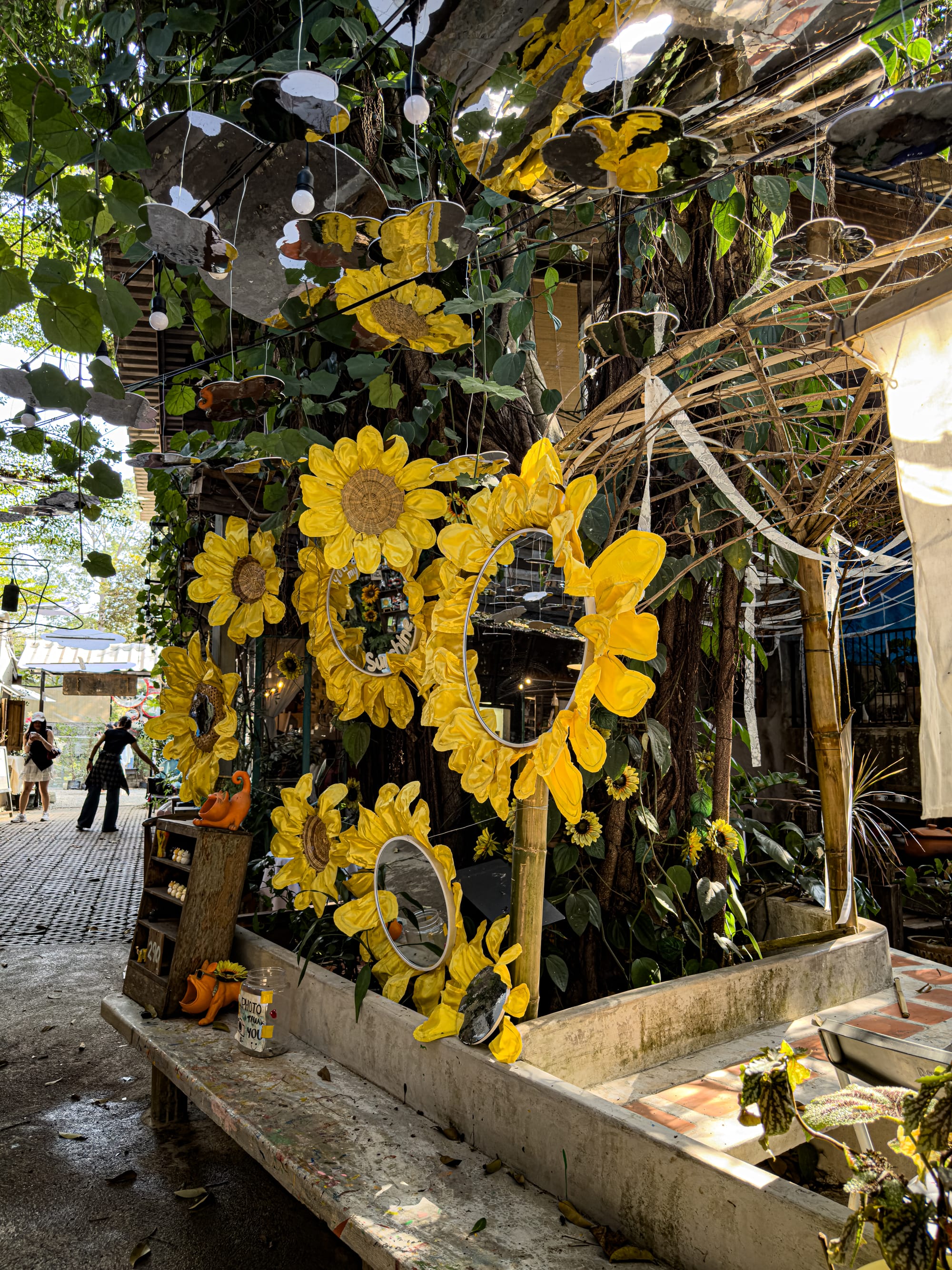
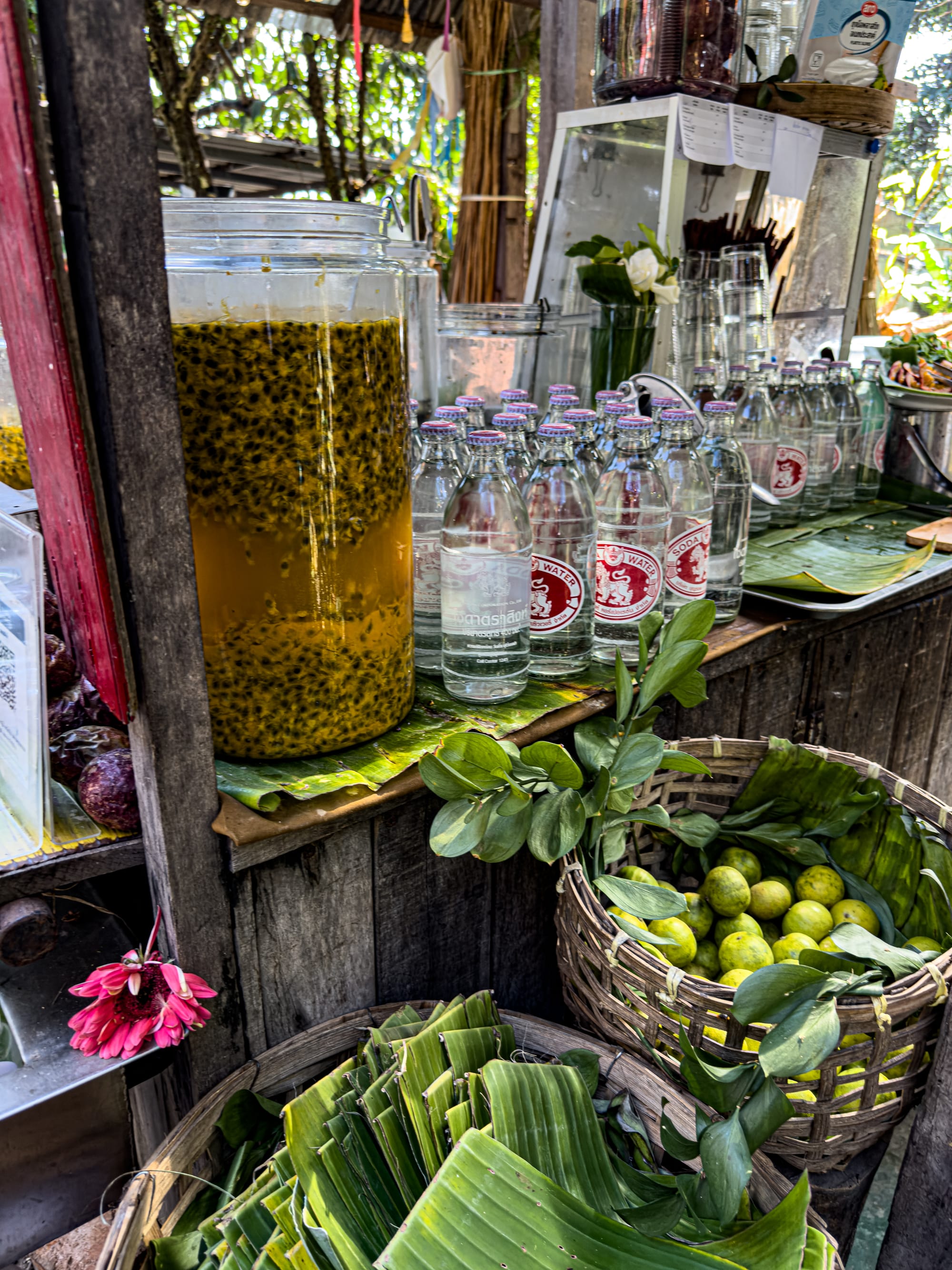
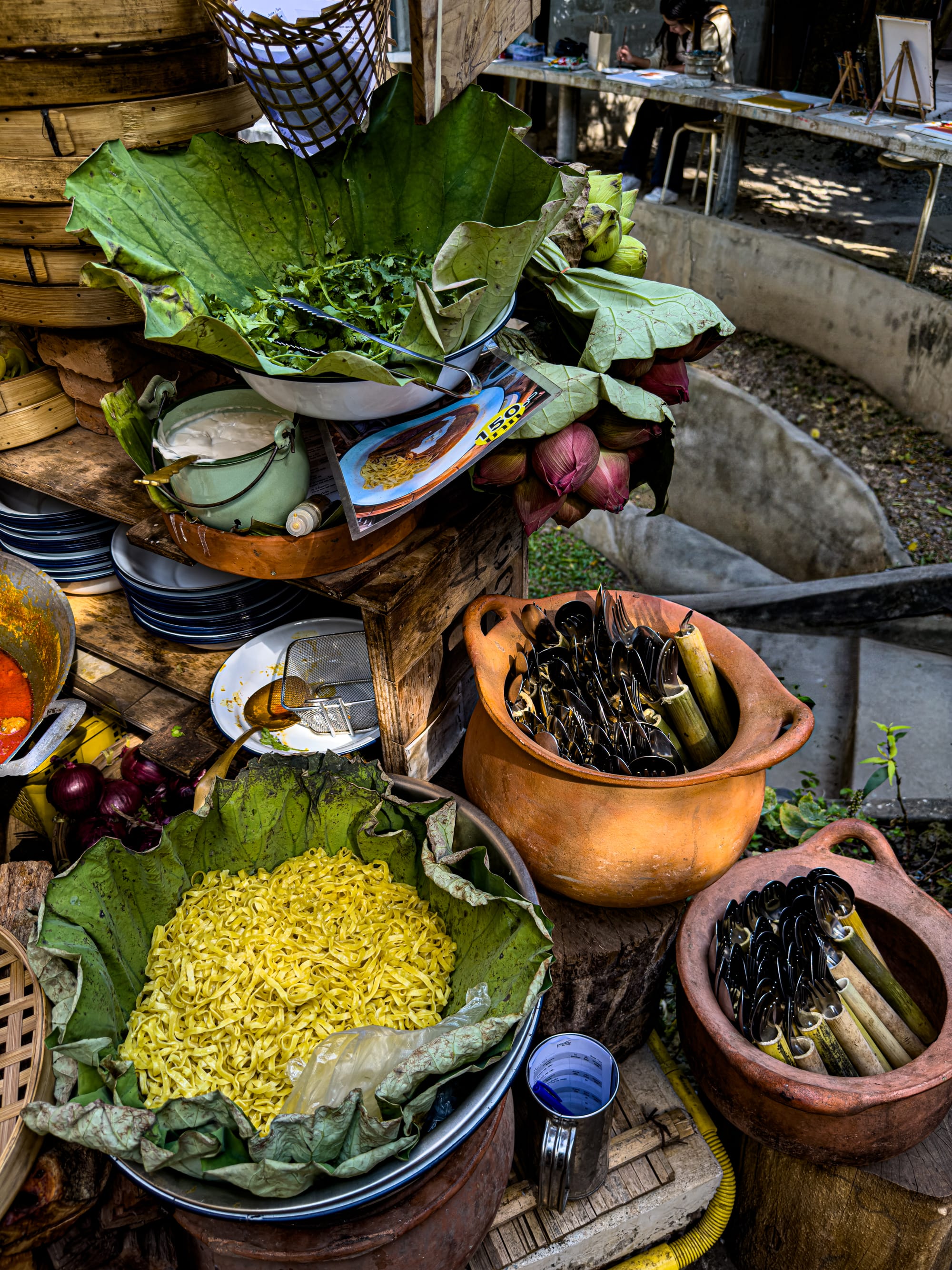
Scenes from Baan Kang Wat, Chiang Mai's creative village
Chiang Mai also pulses with music and community. North Gate Jazz Co-Op is a nightly gathering of locals, expats, and travelers packed into a street-corner bar, with horns and drums spilling out into the road.
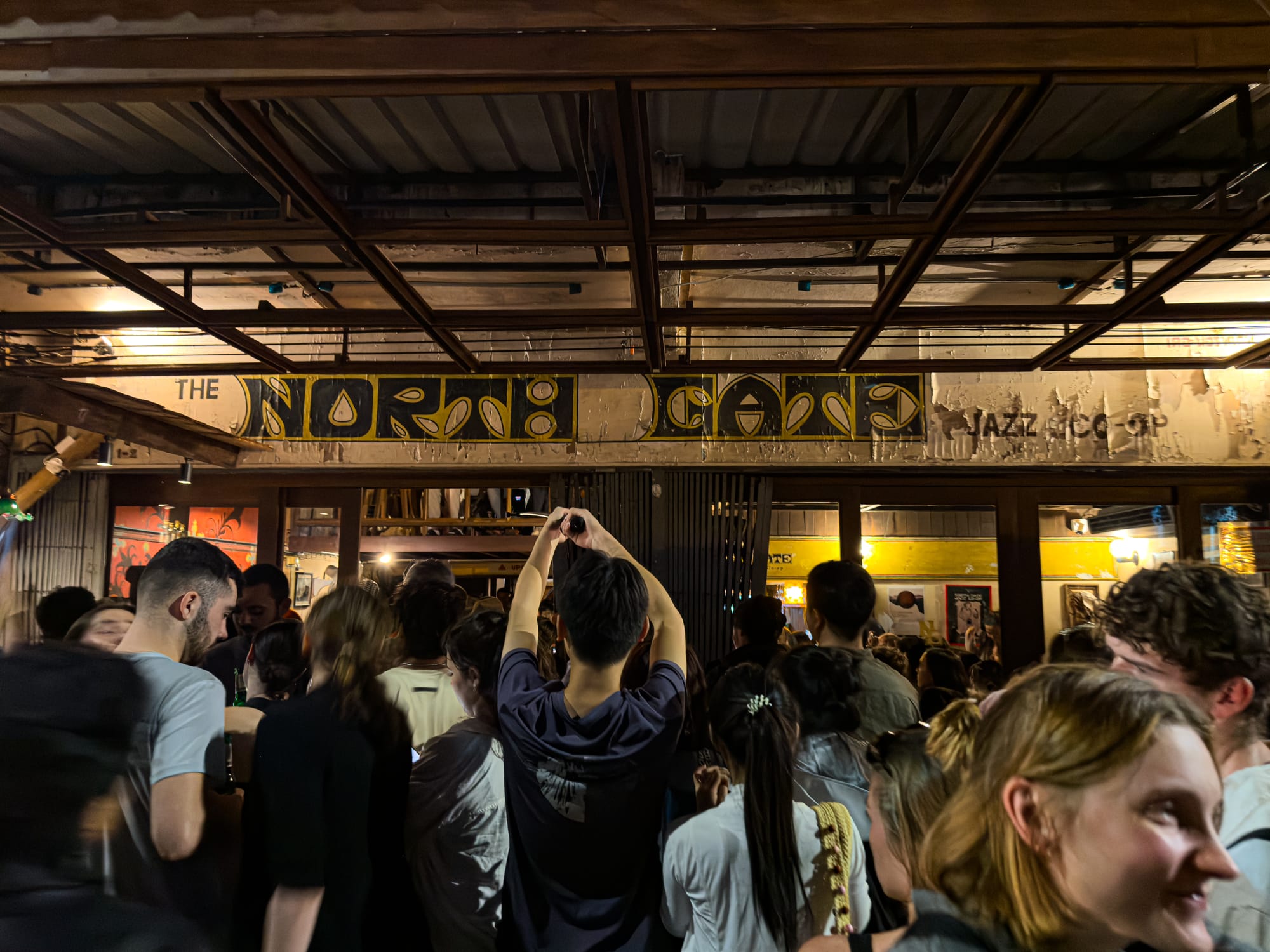
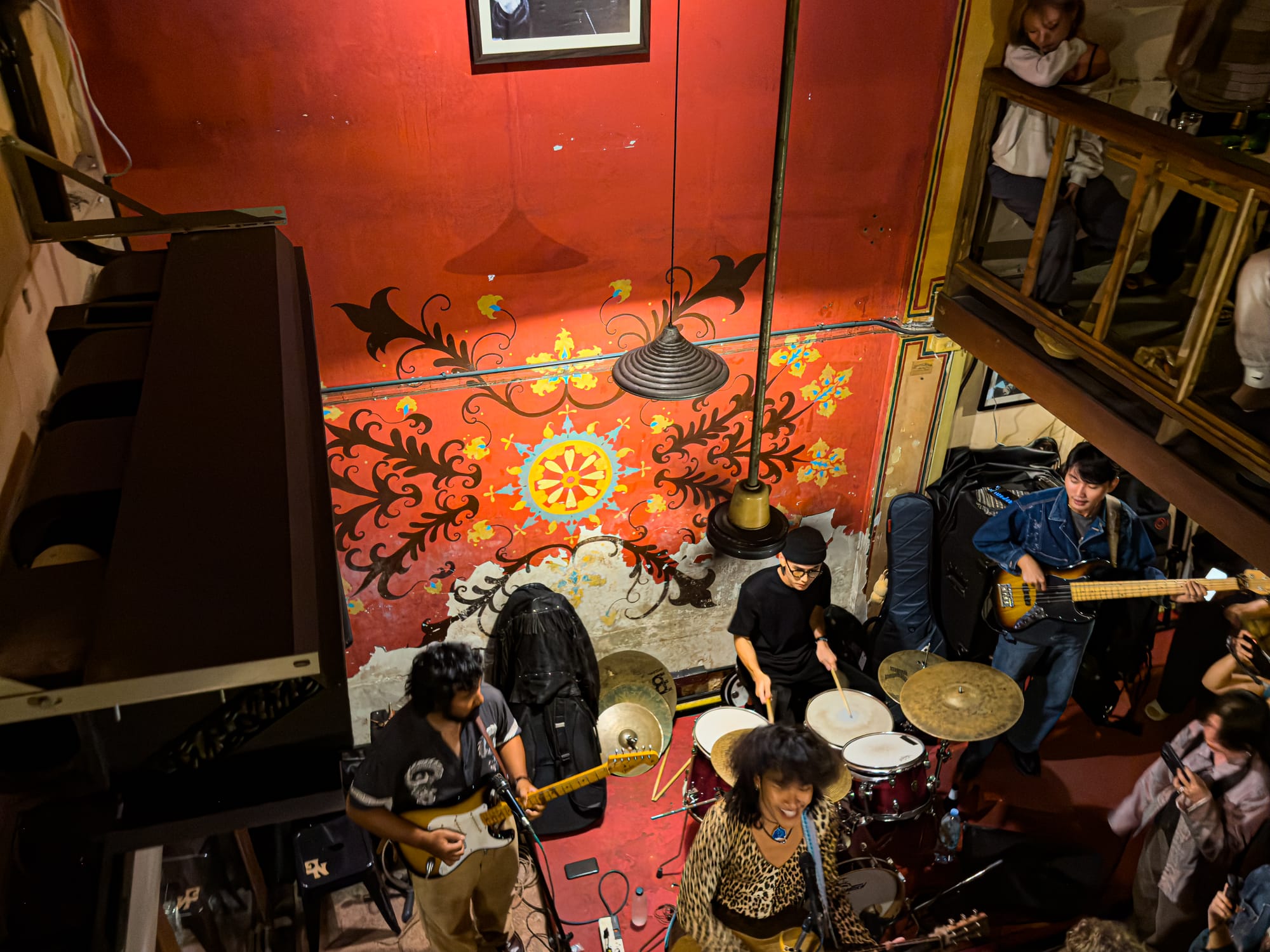
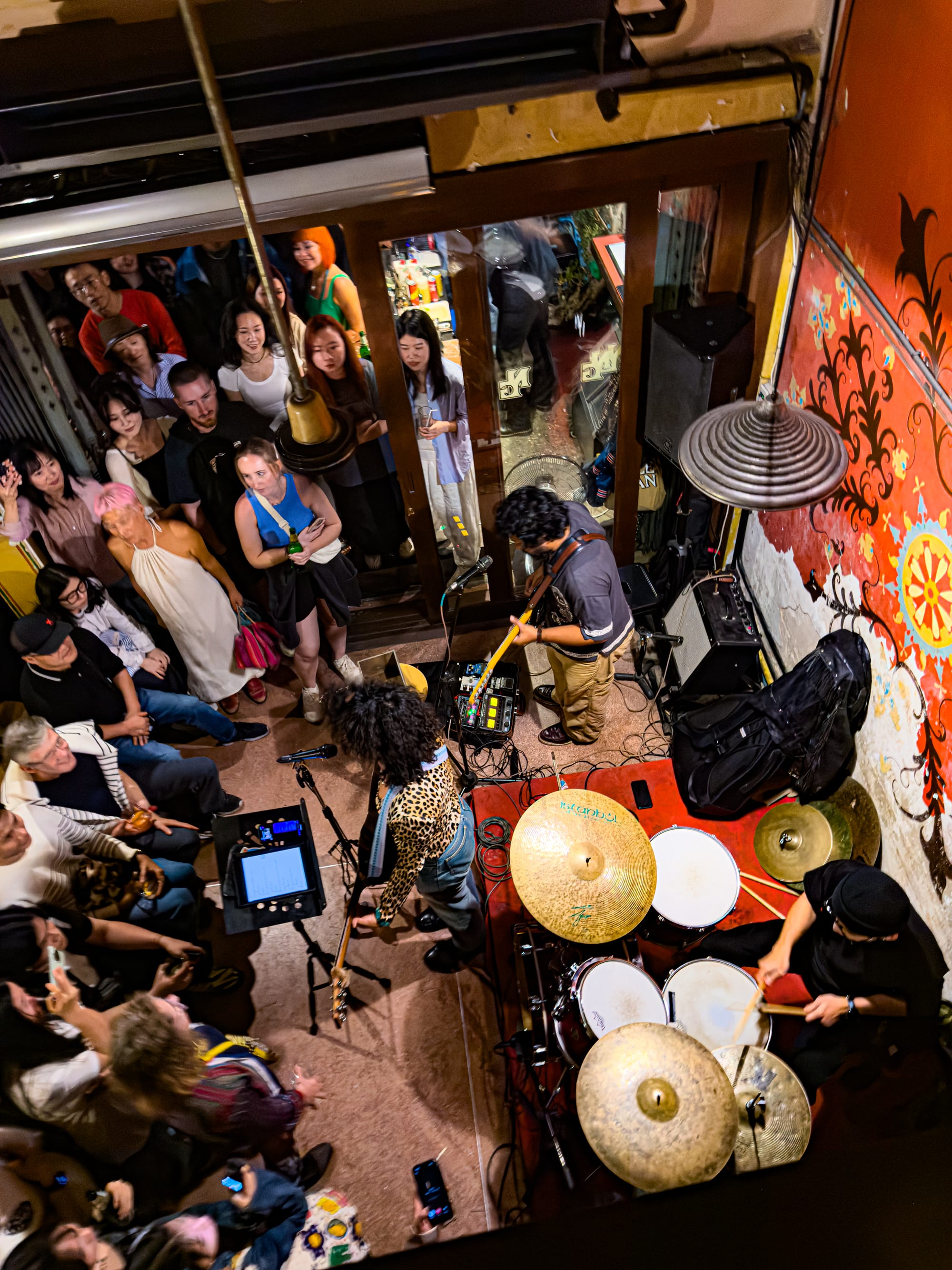
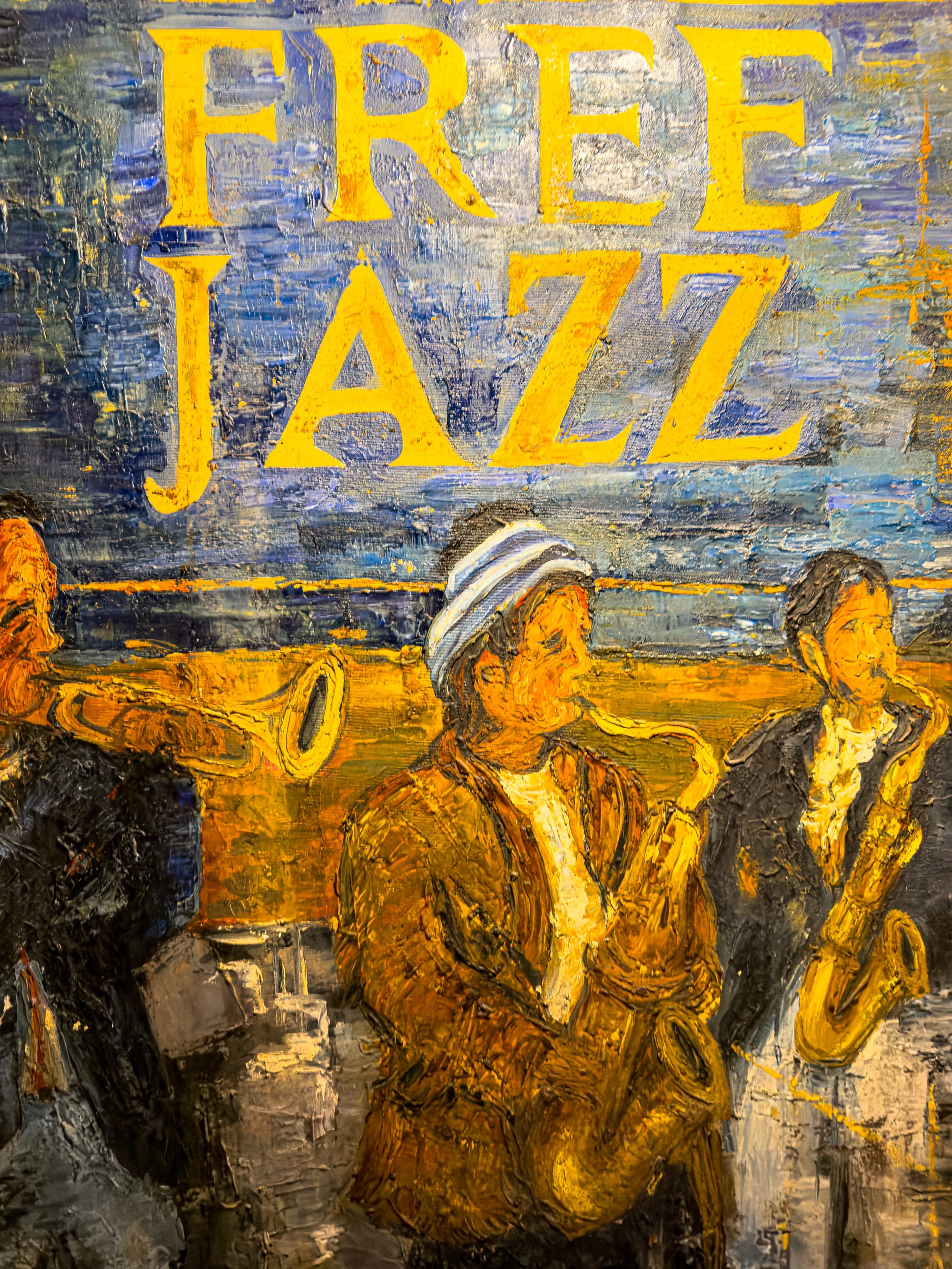
North Gate Jazz Co-Op
Pride events bring color and visibility, filling the streets with flags, music, and joy. Festivals, from Yi Peng lantern releases to Songkran water fights, add their own layers of celebration.
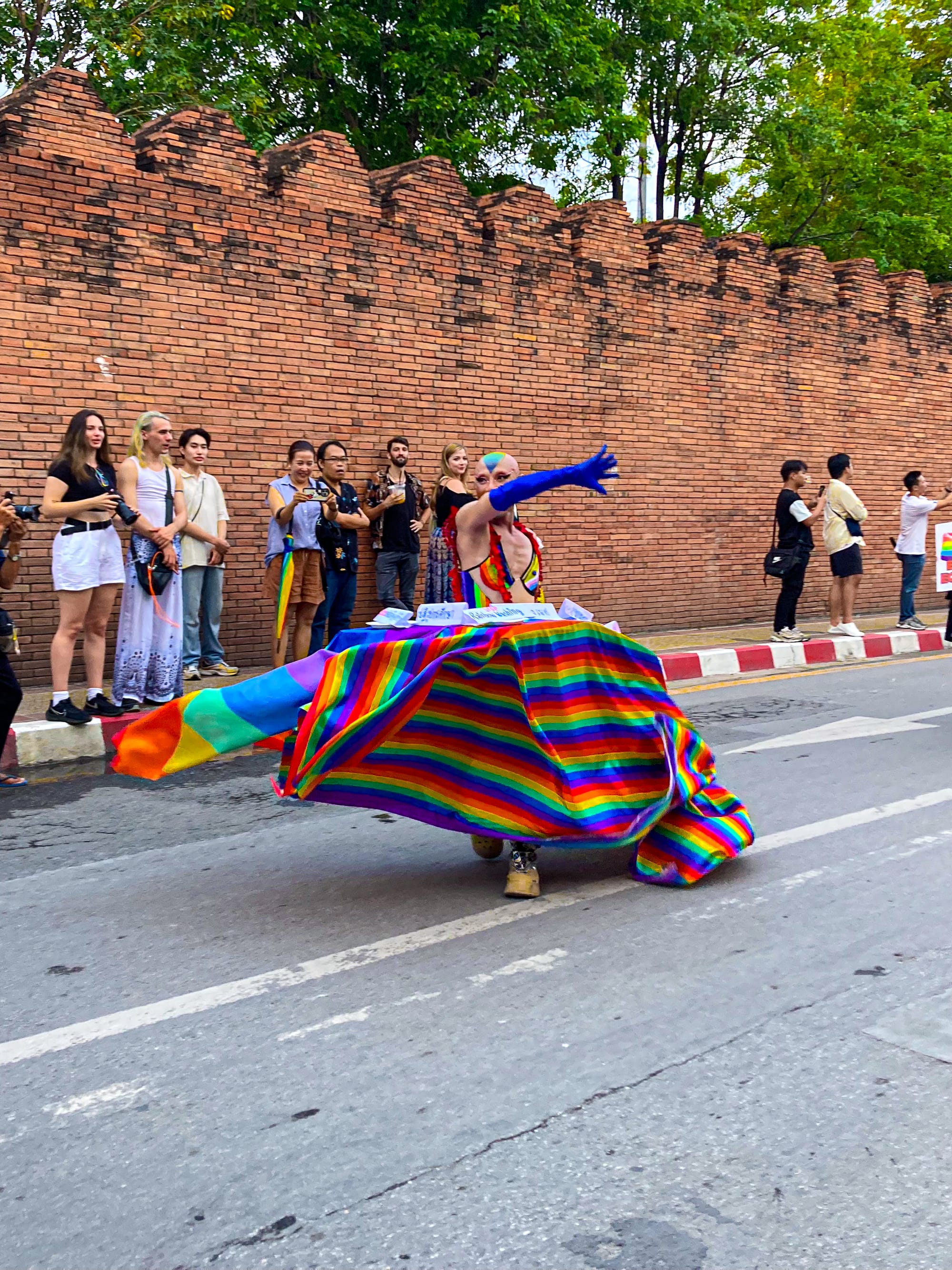
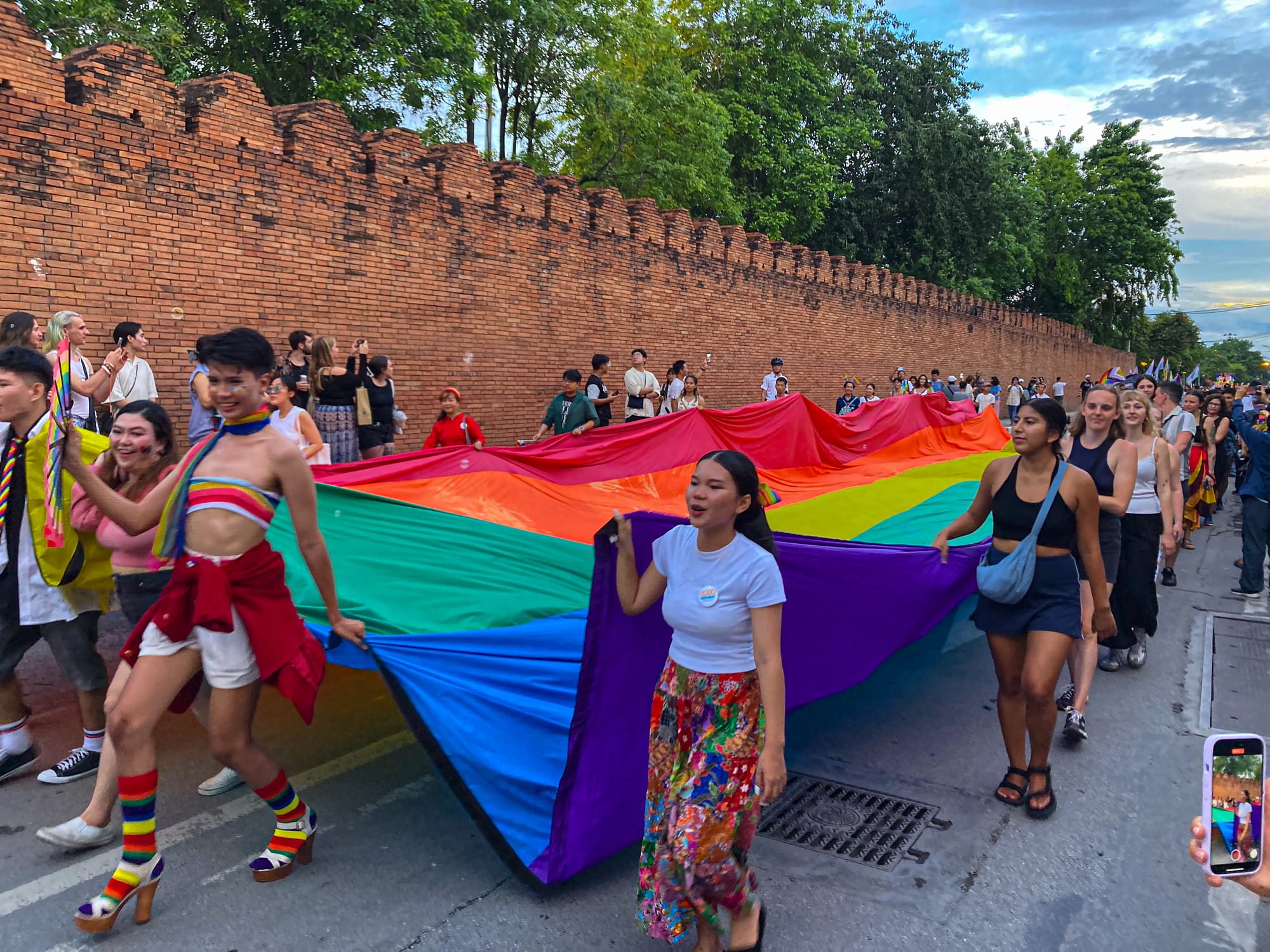
Pride in Chiang Mai
Life here is never just about work. It’s about weaving between moments—temple stillness, market bustle, jazz nights, rainbow parades—and letting them stitch themselves into your routine.
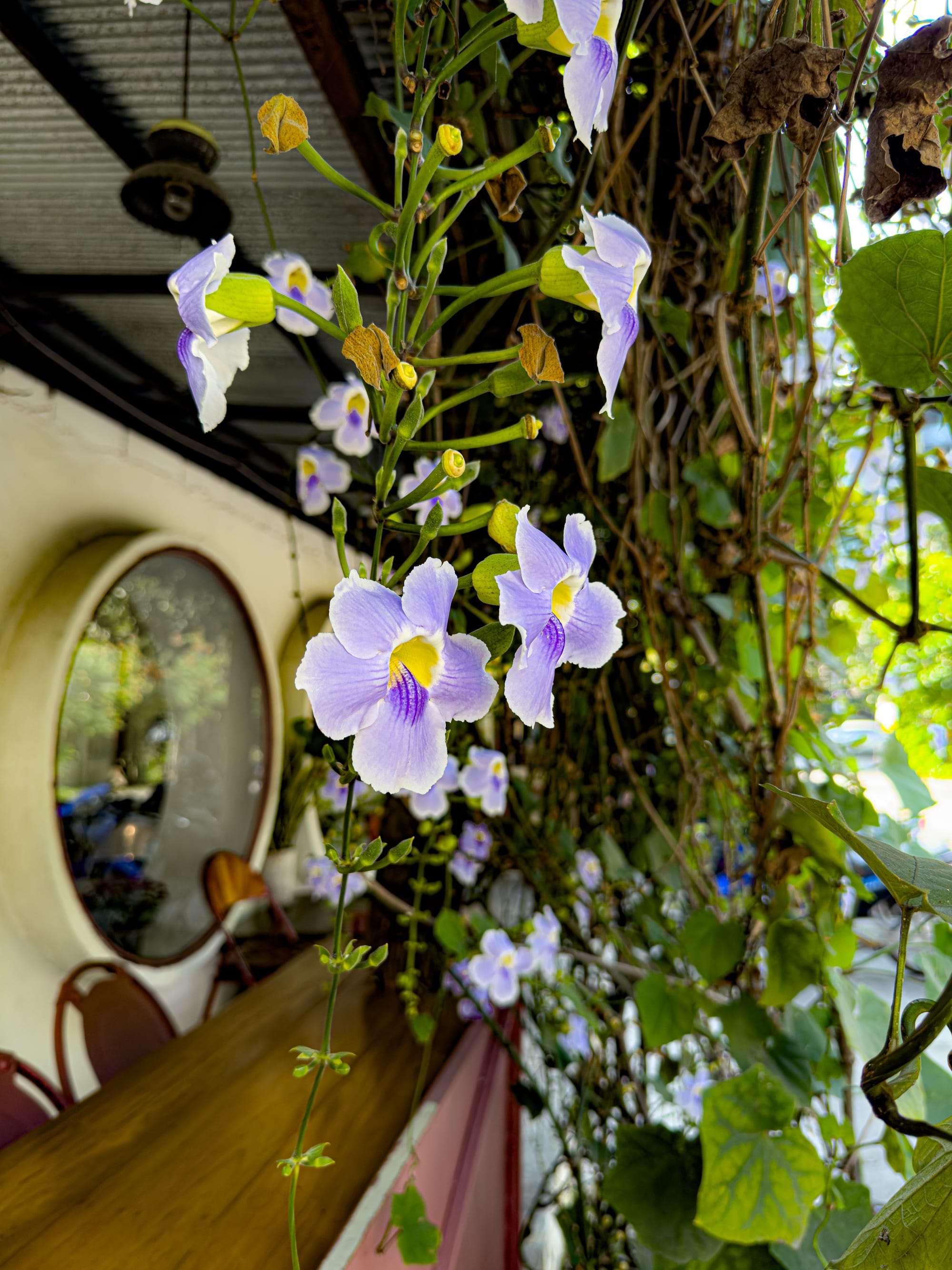
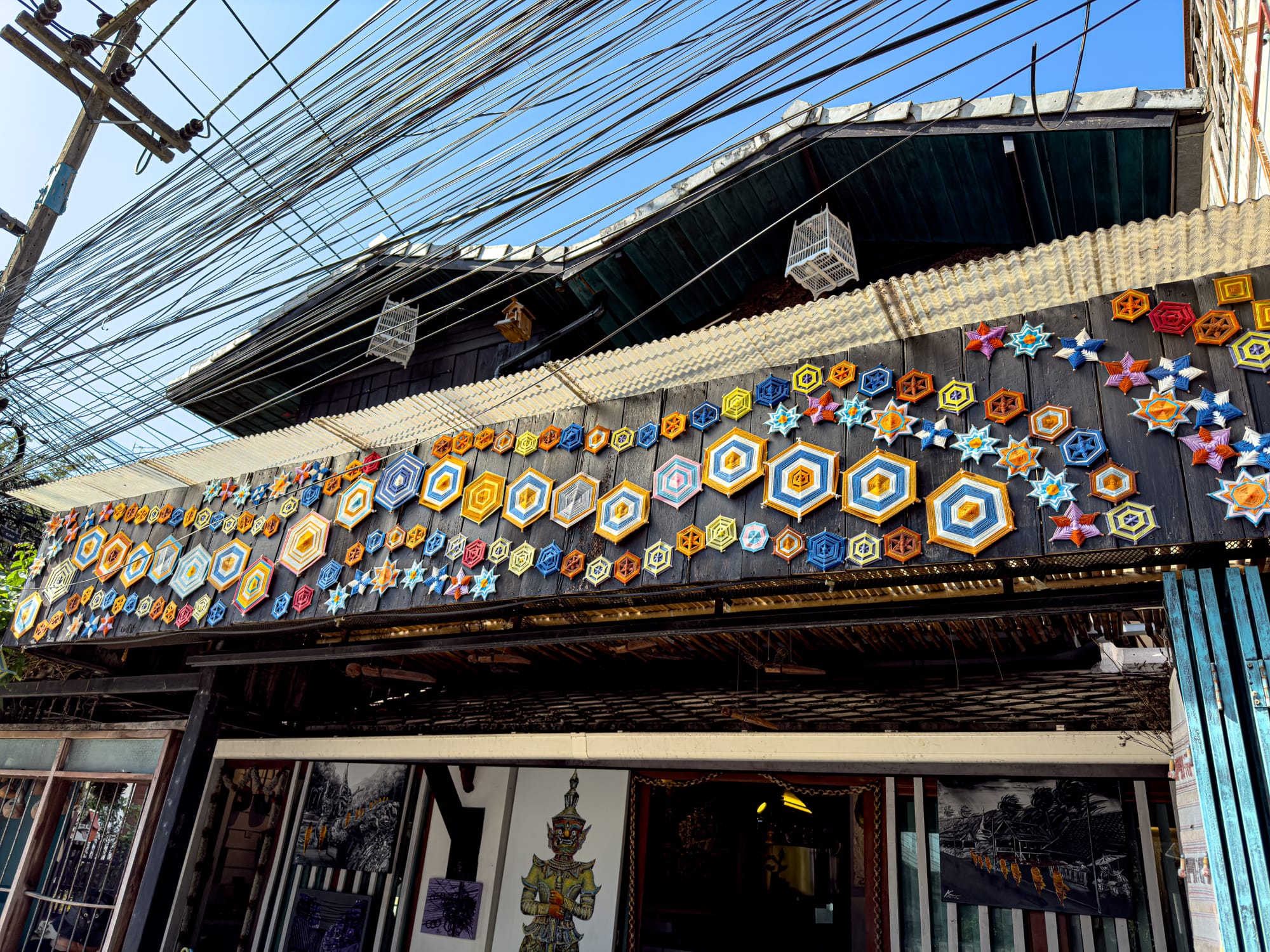
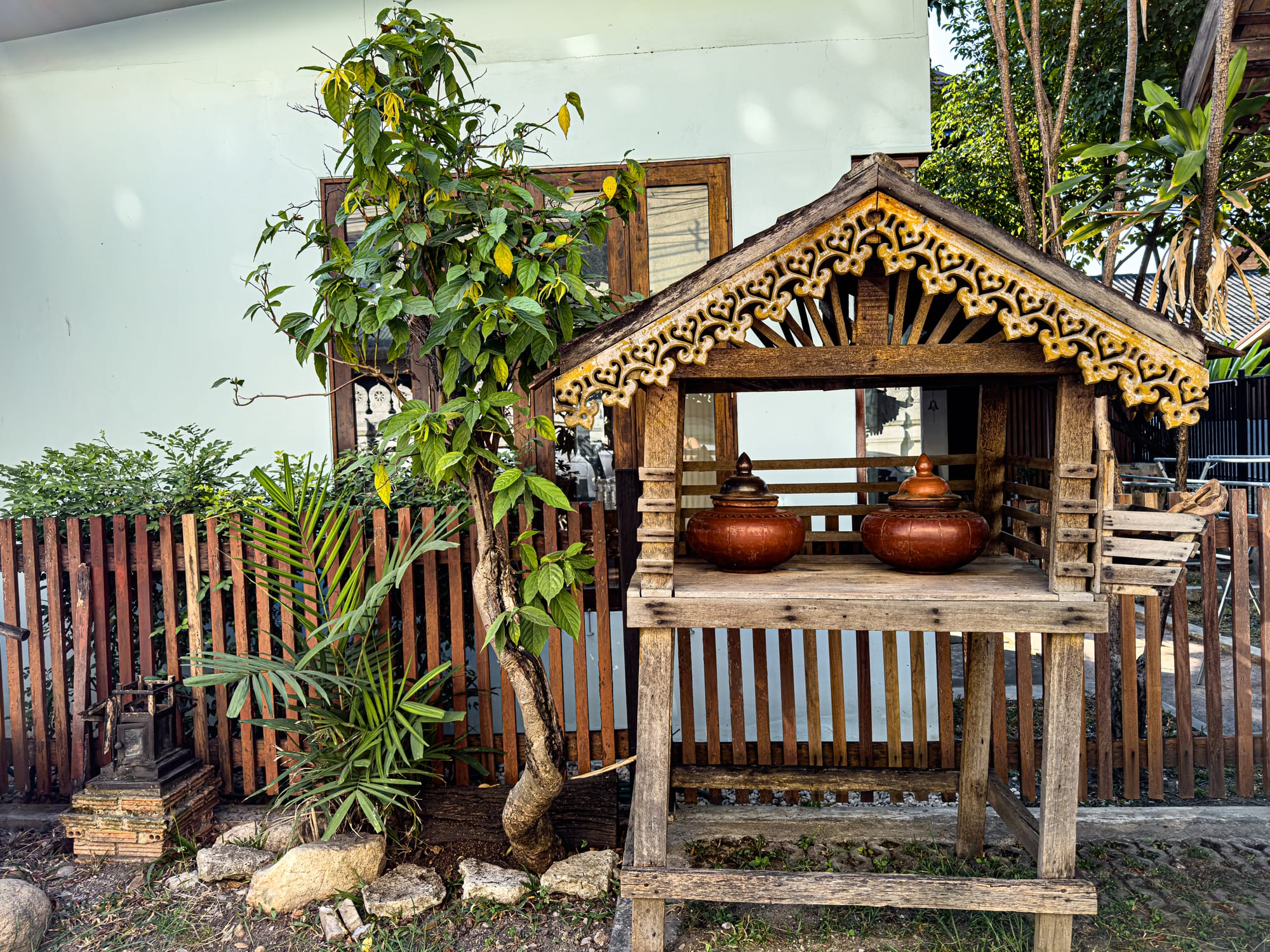
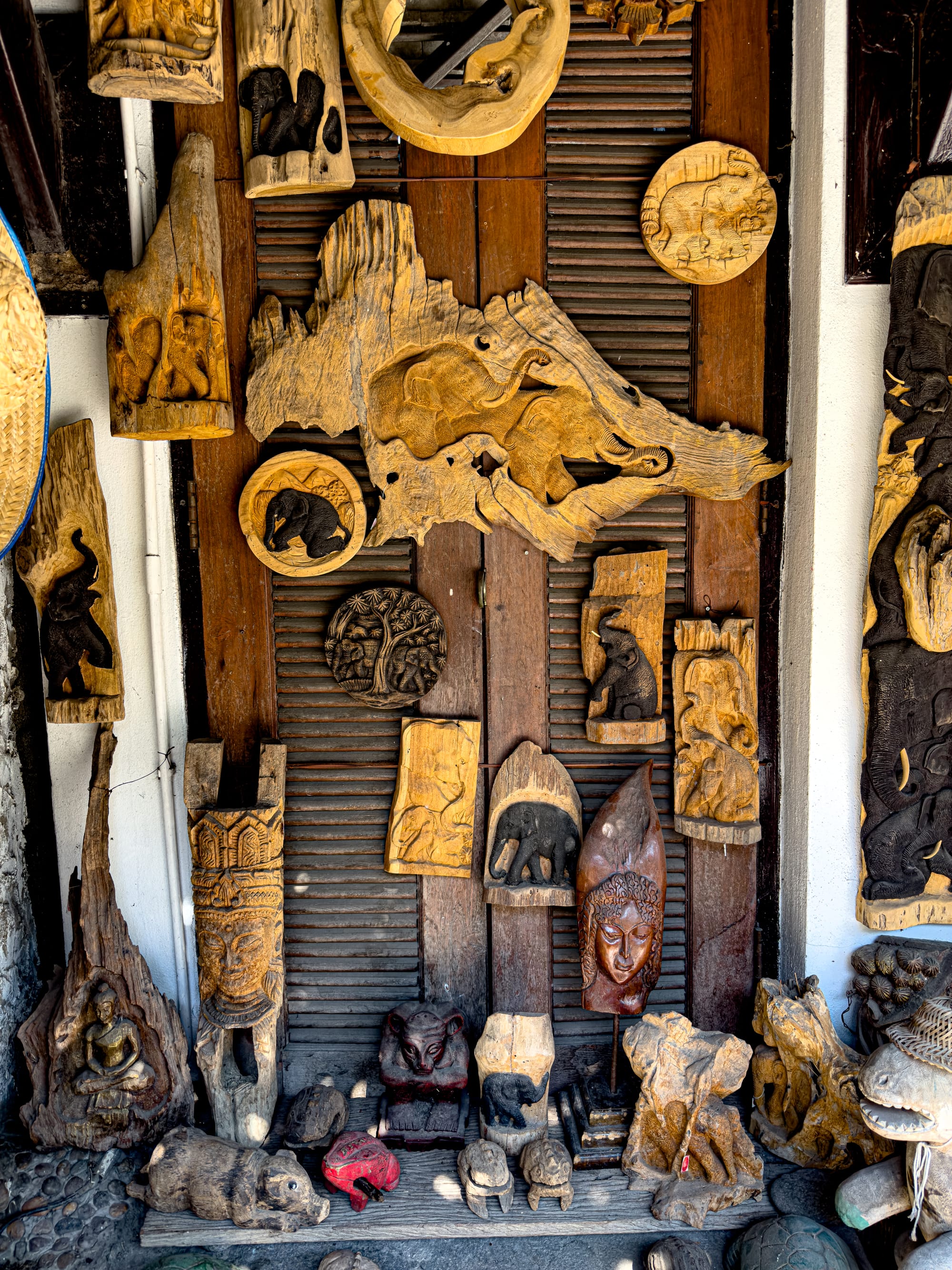
Chiang Mai’s creative corners, from hanging blooms and handmade crafts to traditional wooden details
For digital nomads, that’s the real value of Chiang Mai. It’s not only a hub of productivity, but a city of texture, where living well is as natural as logging on.
The ease of belonging
Stay long enough and Chiang Mai starts to feel less like a stop on the map and more like a base. The balance of amazing food, nearby nature, coworking density, and cultural vibrancy creates a rhythm that’s hard to match elsewhere. It’s not a city that overwhelms you, nor one that leaves you bored. It sits in the middle—a place where life is easy, connected, and textured in all the right ways.
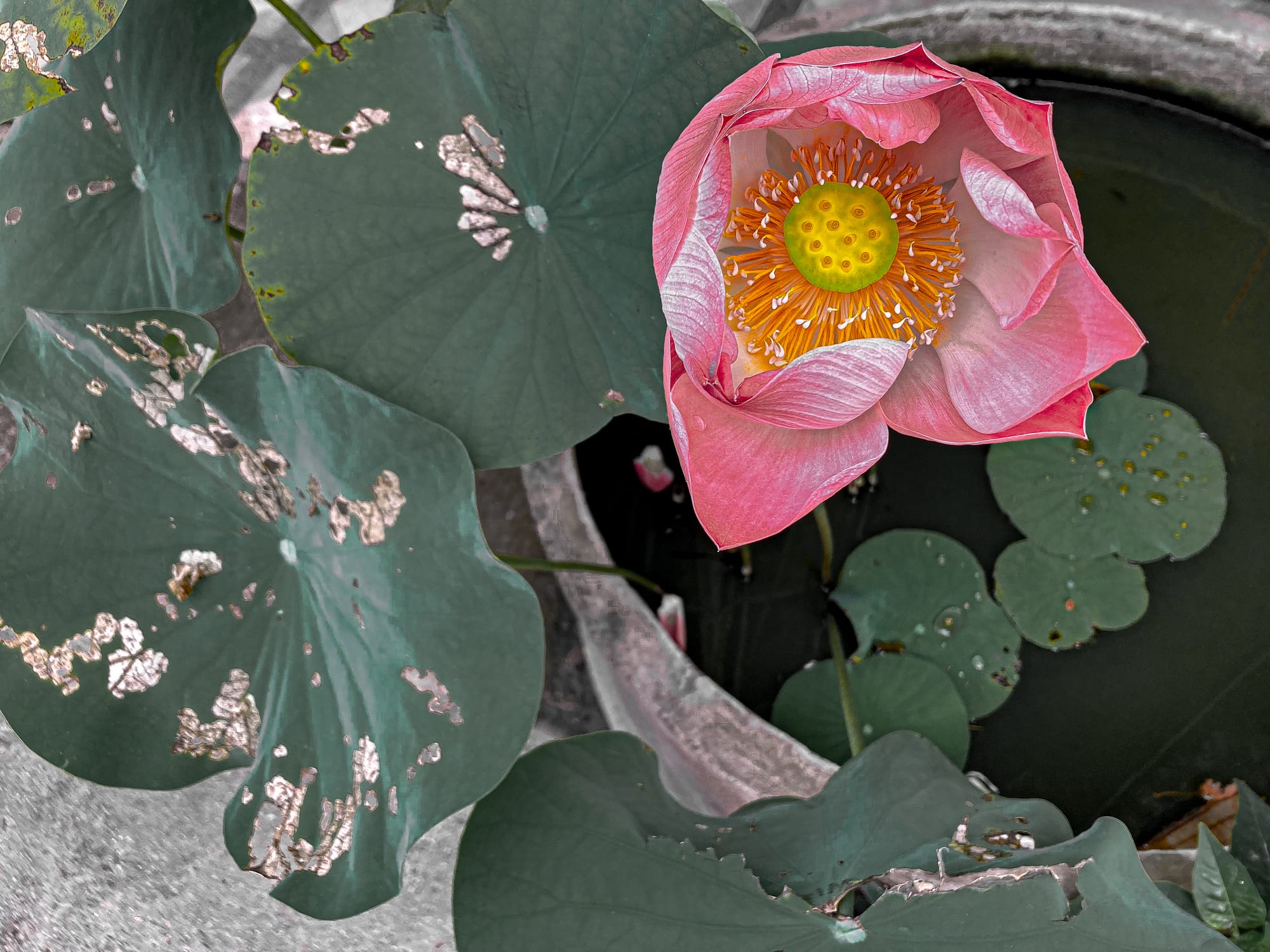
For digital nomads, that makes Chiang Mai one of the world’s enduring hubs: a place where work and life don’t just coexist, they reinforce each other.






